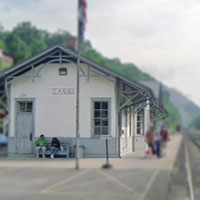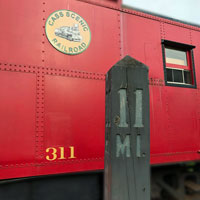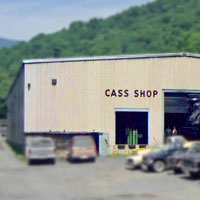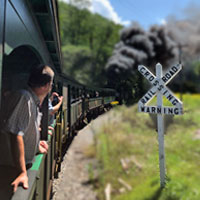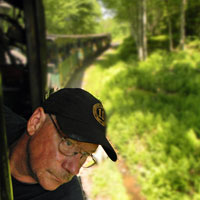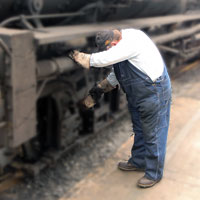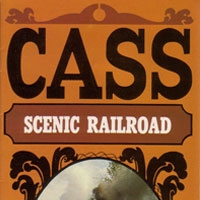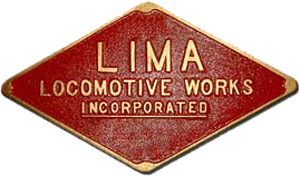
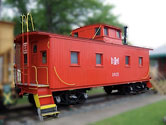




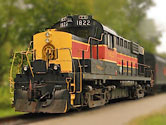
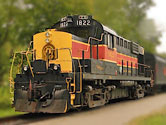
Cass Scenic Railroad
Appalachia's Shay Steam Sanctuary
Riding on rails first set down in 1901 by immigrant workers to lumber the mountain, climbing switchbacked grades as steep as 11 percent, visitors to today's Cass Scenic Railroad State Park ascend nearly a dozen miles into the sky to breathe the air from one of the highest points in the state of West Virginia. Propulsion for the journey is provided by the world's most comprehensive collection of working gear-driven steam locomotives. Eight coal-fired Lima products under one roof, plus one each of the only two competitors to the venerable Shay design, secure for the tiny town of Cass the title of Appalachia's Steam Sanctuary.
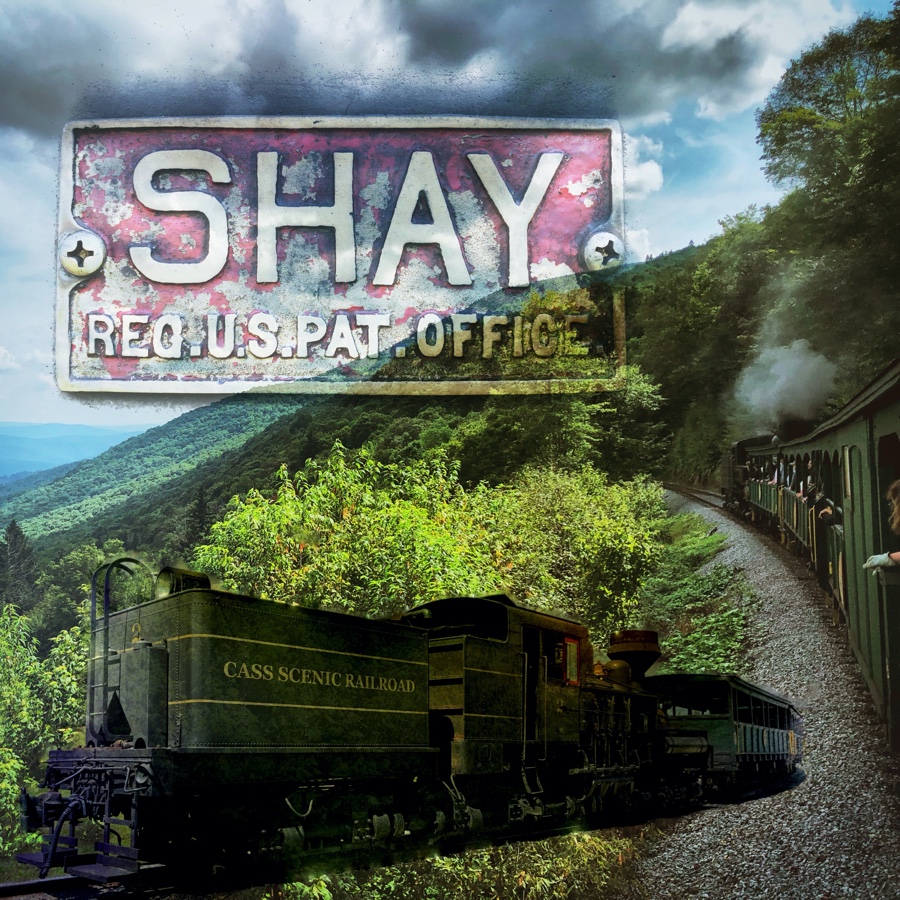
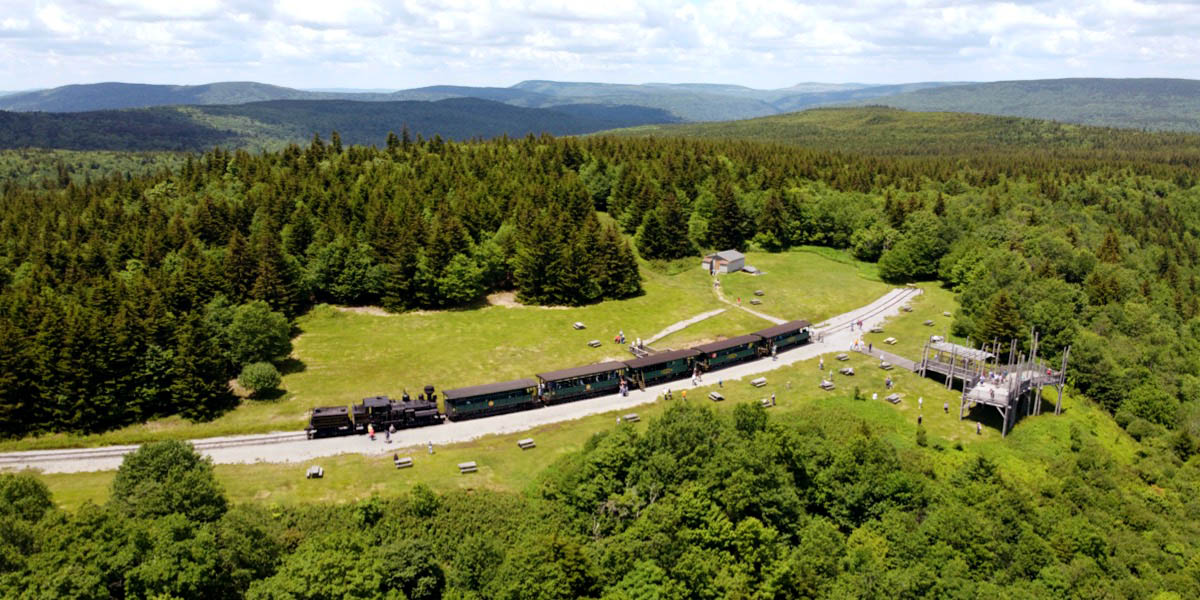
Bald Knob, WV / Jun 2022 / RWH
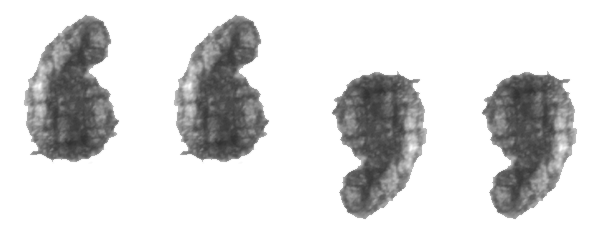
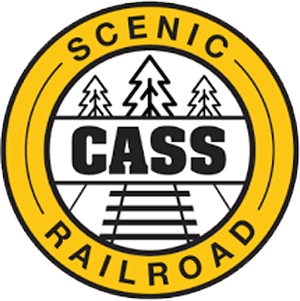 The Cass Scenic Railroad is the same line built in 1901 to haul lumber to the mill in Cass. The locomotives are the same Shay locomotives used in Cass during that time, and in the rainforests of British Columbia for more than a half-century. Many of the passenger cars are old logging flat cars that have been refurbished.
Cass is the home to the world’s largest fleet of geared Shay locomotives. Six Shays and two Climax locomotives reside here. The legendary turn-of-the-century class C-80 Shay, #5 has been toiling up Cheat Mountain for nearly 100 years, making it one of the oldest engines in continuous service on its original line, and the second oldest Shay in existence.
The Cass Scenic Railroad is the same line built in 1901 to haul lumber to the mill in Cass. The locomotives are the same Shay locomotives used in Cass during that time, and in the rainforests of British Columbia for more than a half-century. Many of the passenger cars are old logging flat cars that have been refurbished.
Cass is the home to the world’s largest fleet of geared Shay locomotives. Six Shays and two Climax locomotives reside here. The legendary turn-of-the-century class C-80 Shay, #5 has been toiling up Cheat Mountain for nearly 100 years, making it one of the oldest engines in continuous service on its original line, and the second oldest Shay in existence.
Durbin & Greenbrier Valley Railroad
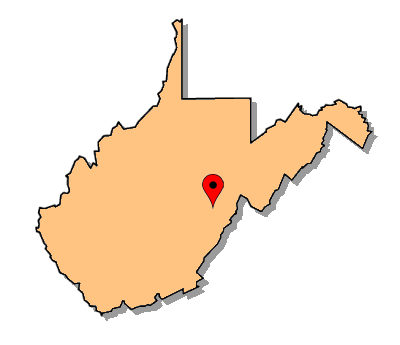
 he Cass Scenic Railroad State Park is a state park, tourist railroad operation, and steam preservation facility located in the former lumber town of Cass, West Virginia, in the eastern central region of the Mountain State. The park primarily consists of the Cass Scenic Railroad, an 11-mile long tourist railroad that is owned by the West Virginia State Rail Authority and operated by the Durbin & Greenbrier Valley Railroad. The park also includes the former lumber company town of Cass and a portion of the summit of Bald Knob, the highest point on Back Allegheny Mountain and the third highest in the state.
he Cass Scenic Railroad State Park is a state park, tourist railroad operation, and steam preservation facility located in the former lumber town of Cass, West Virginia, in the eastern central region of the Mountain State. The park primarily consists of the Cass Scenic Railroad, an 11-mile long tourist railroad that is owned by the West Virginia State Rail Authority and operated by the Durbin & Greenbrier Valley Railroad. The park also includes the former lumber company town of Cass and a portion of the summit of Bald Knob, the highest point on Back Allegheny Mountain and the third highest in the state.
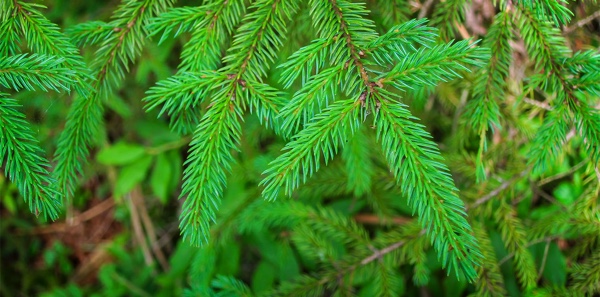 The line that today hauls tourists was originally the backbone of a significant lumbering operation developed by the West Virginia Pulp & Paper Company but later sold to the Mower Lumber Company. Track work up the Back Allegheny Mountain began shortly after 1900, eventually reaching the meadow area now known as Whittaker Station -- site of a logging camp for the immigrants who were constructing the railroad. The line later reached the top of Gobblers Knob, and then a location on top of the mountain known as Spruce. The company built a small town there, complete with a general store, houses, a hotel, and a doctor's office. Work soon began logging the red spruce trees which grew in the higher elevations.
The line that today hauls tourists was originally the backbone of a significant lumbering operation developed by the West Virginia Pulp & Paper Company but later sold to the Mower Lumber Company. Track work up the Back Allegheny Mountain began shortly after 1900, eventually reaching the meadow area now known as Whittaker Station -- site of a logging camp for the immigrants who were constructing the railroad. The line later reached the top of Gobblers Knob, and then a location on top of the mountain known as Spruce. The company built a small town there, complete with a general store, houses, a hotel, and a doctor's office. Work soon began logging the red spruce trees which grew in the higher elevations.
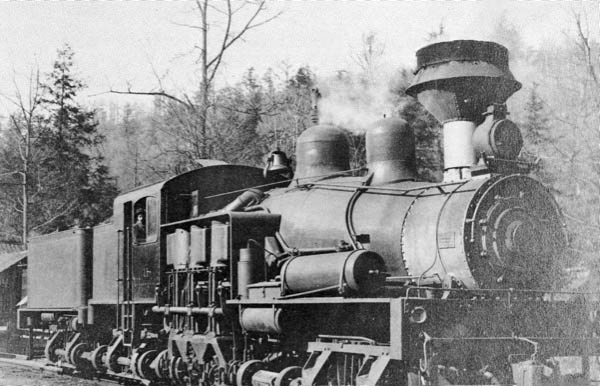 The original intention of the railroad operation was to harvest red spruce for the purpose of making the pulp used in the production of paper. However, eventually the hardwoods that littered the mountain -- maple, cherry, birch, and oak -- were deemed worthy of cutting and transport down to a new mill in the town of Cass, along the Chesapeake & Ohio's Greenbrier mainline. WVP&P lumber tracks extended as far and as high as Bald Knob by 1910, but railroad operations shifted around the mountain as hardwood stands were depleted. Like many other timber and mining operations in the region in this era, gear-driven steam locomotives were used extensively on Cheat Mountain. In 1942 the Cass operation was sold to Mower Lumber, which cut and processed second-growth timber from the area. Mower's operations ceased in 1960, and the line and its equipment were soon sold for scrapping value.
The original intention of the railroad operation was to harvest red spruce for the purpose of making the pulp used in the production of paper. However, eventually the hardwoods that littered the mountain -- maple, cherry, birch, and oak -- were deemed worthy of cutting and transport down to a new mill in the town of Cass, along the Chesapeake & Ohio's Greenbrier mainline. WVP&P lumber tracks extended as far and as high as Bald Knob by 1910, but railroad operations shifted around the mountain as hardwood stands were depleted. Like many other timber and mining operations in the region in this era, gear-driven steam locomotives were used extensively on Cheat Mountain. In 1942 the Cass operation was sold to Mower Lumber, which cut and processed second-growth timber from the area. Mower's operations ceased in 1960, and the line and its equipment were soon sold for scrapping value.
 Cass as a tourist railroad and geared locomotive haven has a group of local businessmen to thank for saving the line from the scrapper's torch. Led by a Pennsylvania train buff, local interests took notice of the scrapping progress and convinced the West Virginia state legislature to make the line a state park and tourist destination. The first train of vacationers ran from Cass depot to Whittaker Station in 1963, making use of former Mower Lumber Shay locomotives and logging cars to haul passengers. Eventually other Shays would be purchased by the state and rehabilitated for service, and in 1977 the entire town of Cass and the abandoned hardwood mill along the river also became part of the state park. Operation of the railroad by the West Virginia Division of Natural Resources continued until 2015, when administrative oversight of the property was transferred to another state agency and the Durbin & Greenbrier Valley Railroad was contracted to operate Cass trains and maintain the equipment -- an arrangement similar to the one already in place in tourist operations in nearby Durbin, Elkins, and Belington.
Cass as a tourist railroad and geared locomotive haven has a group of local businessmen to thank for saving the line from the scrapper's torch. Led by a Pennsylvania train buff, local interests took notice of the scrapping progress and convinced the West Virginia state legislature to make the line a state park and tourist destination. The first train of vacationers ran from Cass depot to Whittaker Station in 1963, making use of former Mower Lumber Shay locomotives and logging cars to haul passengers. Eventually other Shays would be purchased by the state and rehabilitated for service, and in 1977 the entire town of Cass and the abandoned hardwood mill along the river also became part of the state park. Operation of the railroad by the West Virginia Division of Natural Resources continued until 2015, when administrative oversight of the property was transferred to another state agency and the Durbin & Greenbrier Valley Railroad was contracted to operate Cass trains and maintain the equipment -- an arrangement similar to the one already in place in tourist operations in nearby Durbin, Elkins, and Belington.
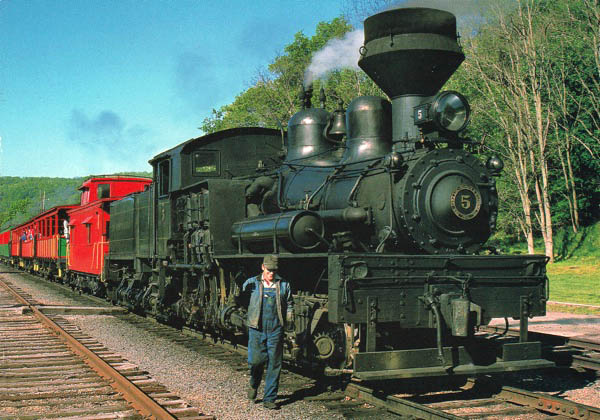 Today the railroad owns 8 Shay locomotives, one rare Heisler locomotive, and one rare Climax locomotive. In addition to Cass shop crews, over the years volunteers from the Mountain State Railroad & Logging Historical Association have assisted in various rebuilding projects.
Two regular trips are available to visitors: a 2-hour round trip to Whittaker Station and a 5-hour round trip to Bald Knob, the third highest point in the state. In the past, the railroad has also offered a five-hour round trip to the abandoned site of the town of Spruce: once the coldest and highest town east of the Rockies. Former company houses in Cass have been refurbished and are available for rent, and a caboose on Bald Knob is available for overnight camping. Town and shop tours are available daily to visitors who desire to learn more about the town and the lumber industry, and to observe how the geared locomotives are maintained by the talented Cass shop. A tour of a recreated logging camp is available at Whittaker Station.
Today the railroad owns 8 Shay locomotives, one rare Heisler locomotive, and one rare Climax locomotive. In addition to Cass shop crews, over the years volunteers from the Mountain State Railroad & Logging Historical Association have assisted in various rebuilding projects.
Two regular trips are available to visitors: a 2-hour round trip to Whittaker Station and a 5-hour round trip to Bald Knob, the third highest point in the state. In the past, the railroad has also offered a five-hour round trip to the abandoned site of the town of Spruce: once the coldest and highest town east of the Rockies. Former company houses in Cass have been refurbished and are available for rent, and a caboose on Bald Knob is available for overnight camping. Town and shop tours are available daily to visitors who desire to learn more about the town and the lumber industry, and to observe how the geared locomotives are maintained by the talented Cass shop. A tour of a recreated logging camp is available at Whittaker Station.
Although the previous lumber operations connected to the outside world at Cass via an interchange with the Chesapeake & Ohio, today the Scenic line connects to the larger rail network over the mountain via a spur at Old Spruce that runs to a junction at Spruce with the Durbin & Greenbrier Valley's Elkins line — a former Western Maryland branchline. The D&GV in turn interchanges with the Appalachian & Ohio near Grafton, West Virginia. Recent track work by the D&GV has reestablished rail service between Cass and Durbin — a segment of the C&O's Greenbrier Subdivision, named for the river the long and scenic branchline followed.

See also these related scrapbooks:
- Durbin & Greenbrier Valley Railroad
- nearby Durbin Rocket tourist operation
- West Virginia Central shortline
- Amtrak's nearby Cardinal service
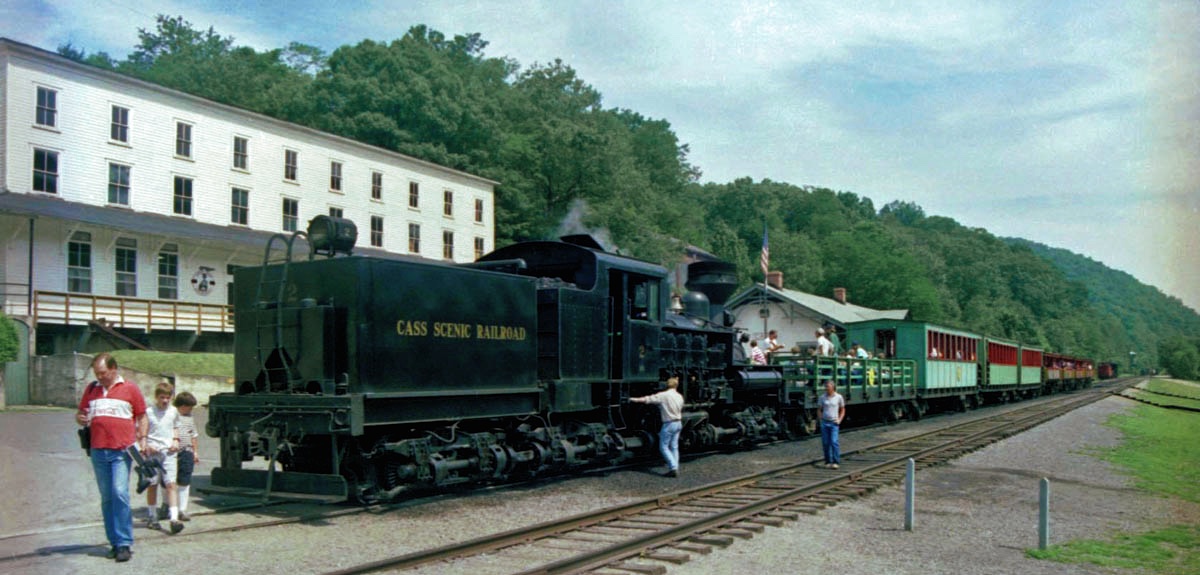
Cass, WV / Aug 1989 / JCH
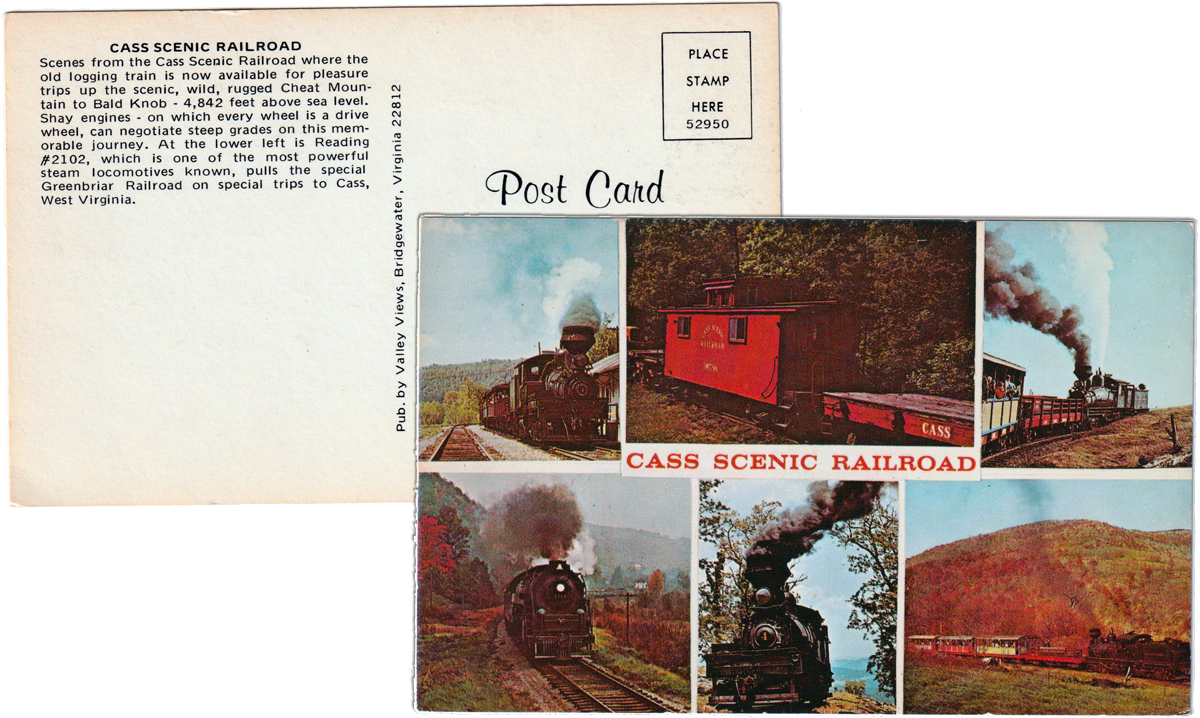
postcard / collection
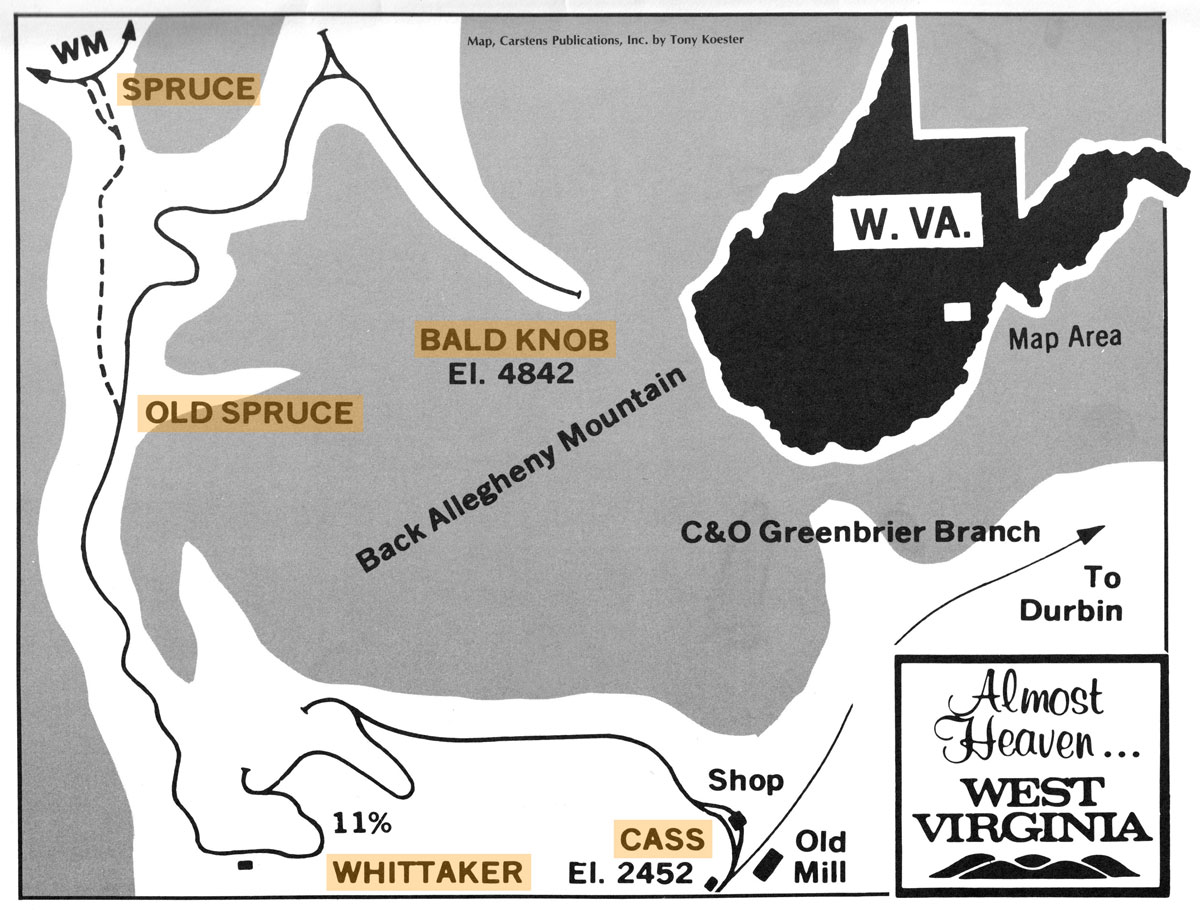
Cass route map / modified from Carstens map / collection
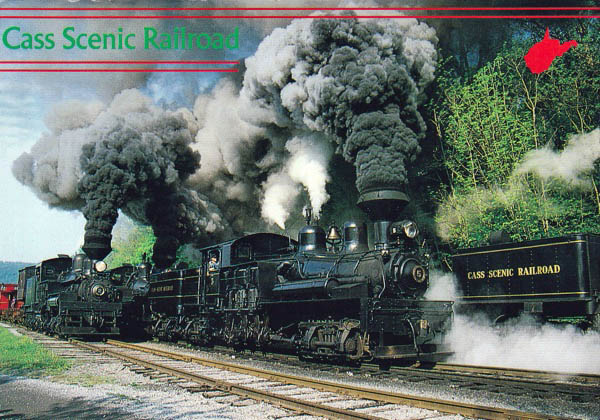
postcard / collection
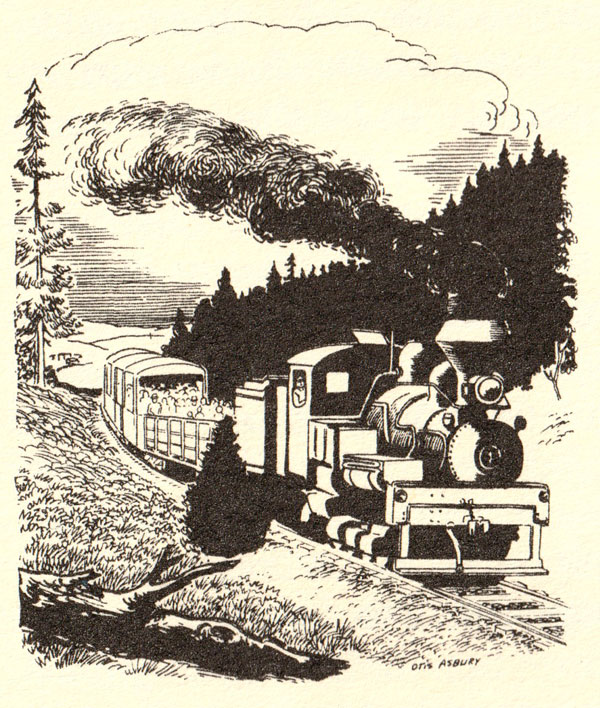
collection

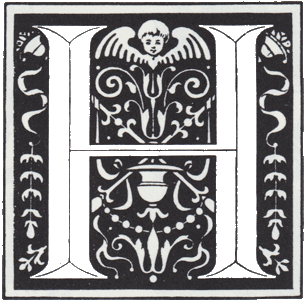 igh upon Cheat Mountain and back across the crests, a soaring wave of giant spruce once ruled the endless skyline. It was virgin forest, immense and inaccessible. The courage, sweat, and stamina of more than half a century would be needed for men to harvest this towering woodland wealth.
igh upon Cheat Mountain and back across the crests, a soaring wave of giant spruce once ruled the endless skyline. It was virgin forest, immense and inaccessible. The courage, sweat, and stamina of more than half a century would be needed for men to harvest this towering woodland wealth.
Central to the ambitious undertaking was the means for bringing the trees down from their mountain stand. A logging railroad was needed, not built to ordinary standards, but shaped to conform to the steepness and sharp turns of the land. The locomotives could not be ordinary either, for these hills demanded the sure-footed traction that only a gear-driven design can provide.
What was it like up there on the mountain, shoved headlong toward the clouds on a logging car? And can we get a feel for the lumberjacks' domain, that dramatic realm so prominent in West Virginia's history?
One sure way to find out is to ride the Cass Scenic Railroad.
Frederick A. Kramer - Cass Scenic Railroad of West Virginia - 1977
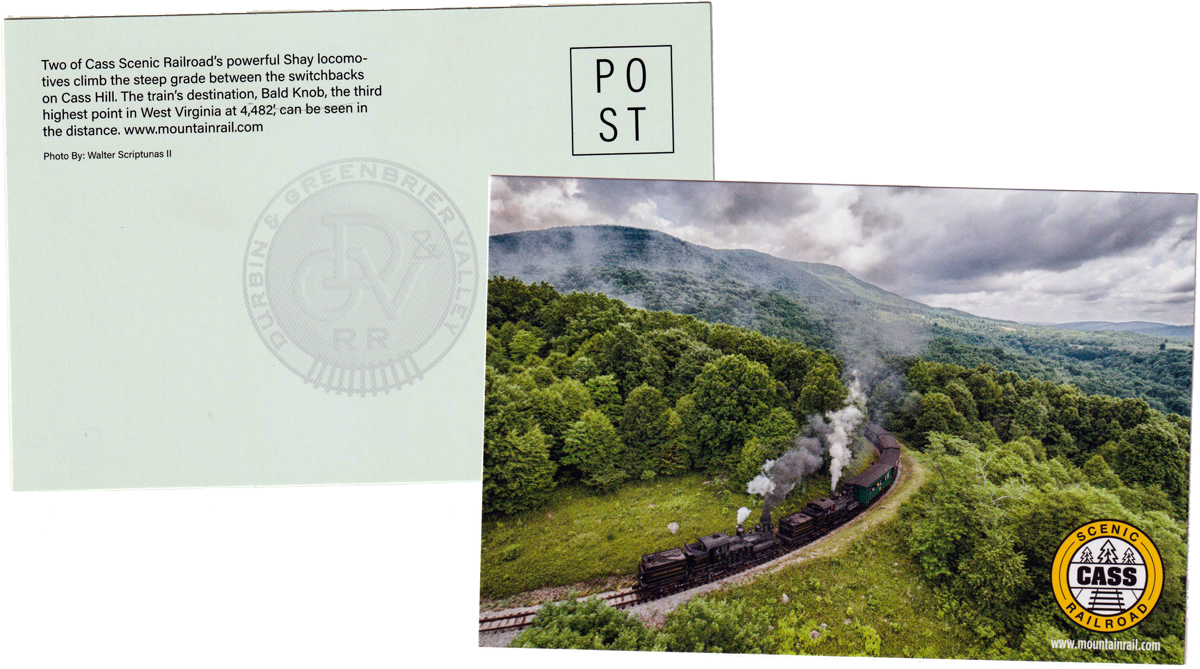
postcard / collection
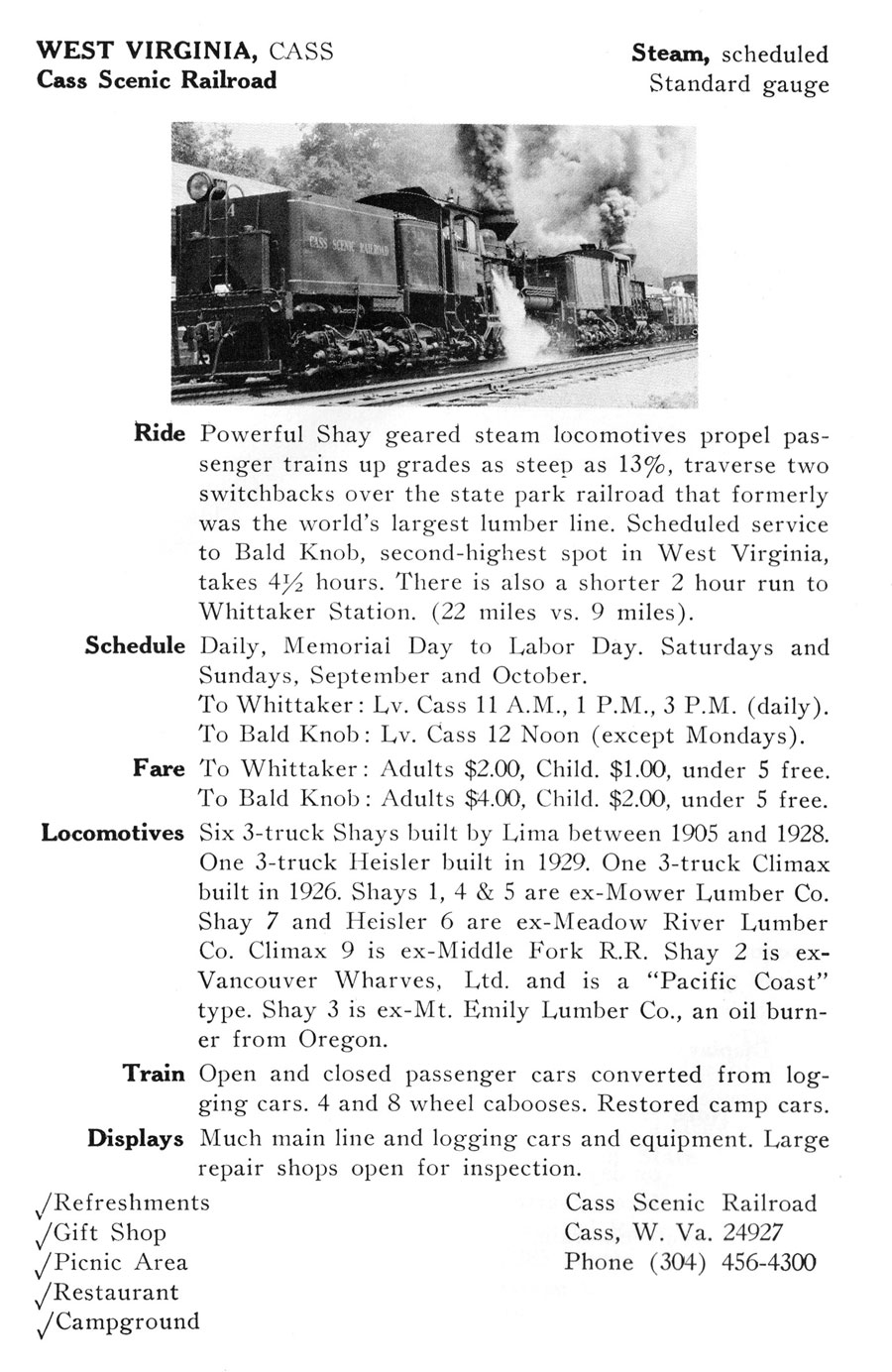
1971 tourist train guide ad / collection
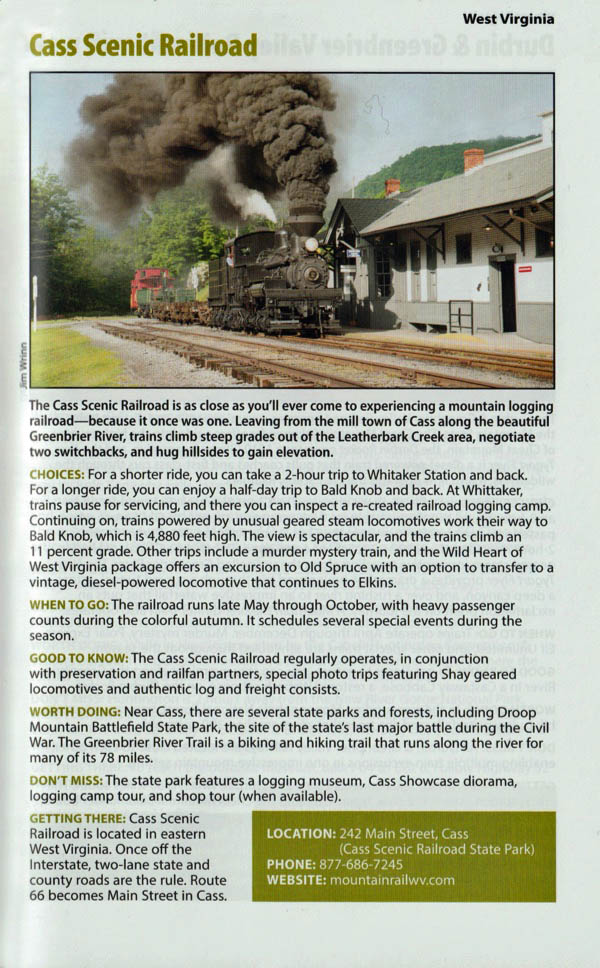
2019 tourist train guide ad / collection

Bald Knob, WV / Aug 2018 / RWH
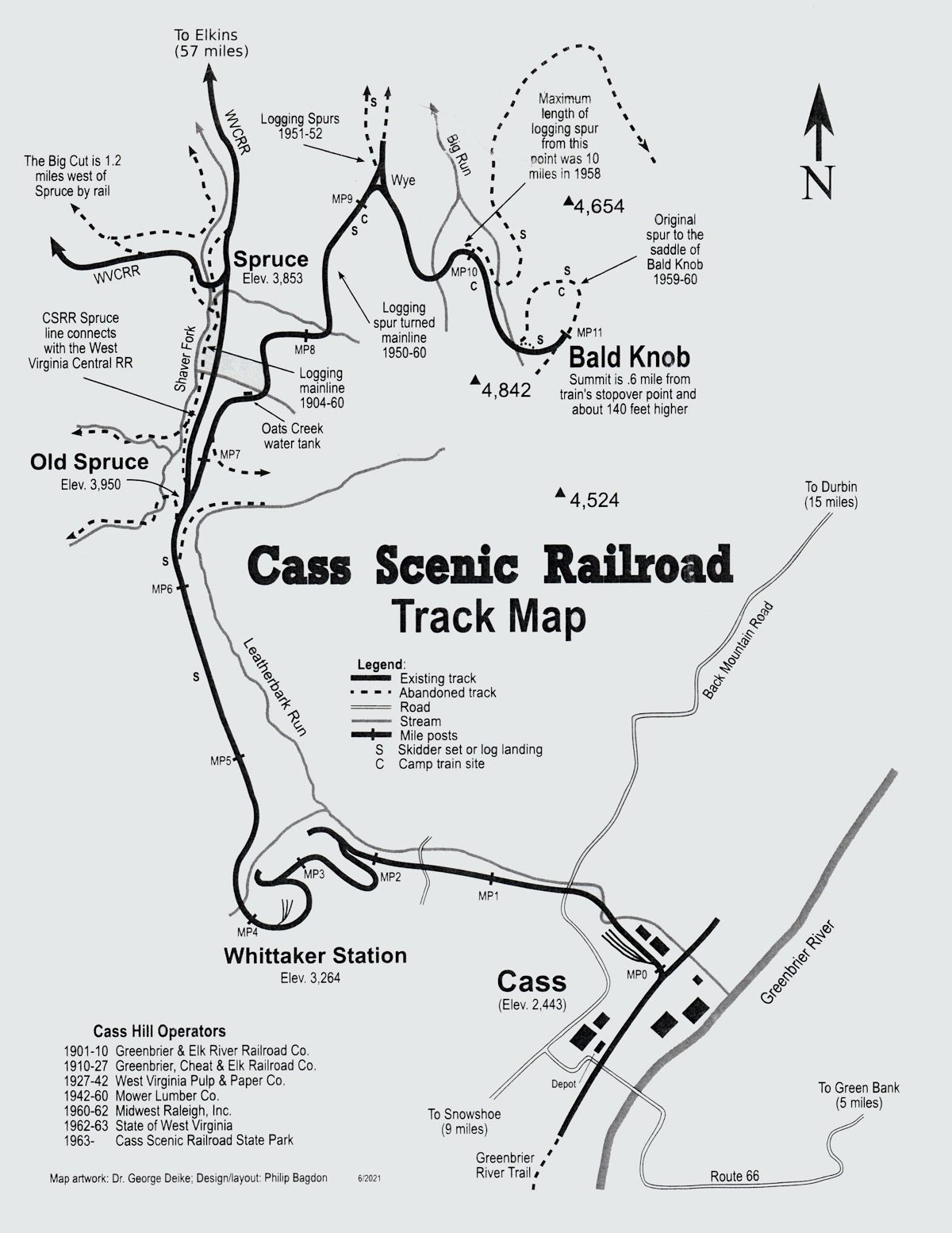
Cass 2021 track map - George Deike / collection
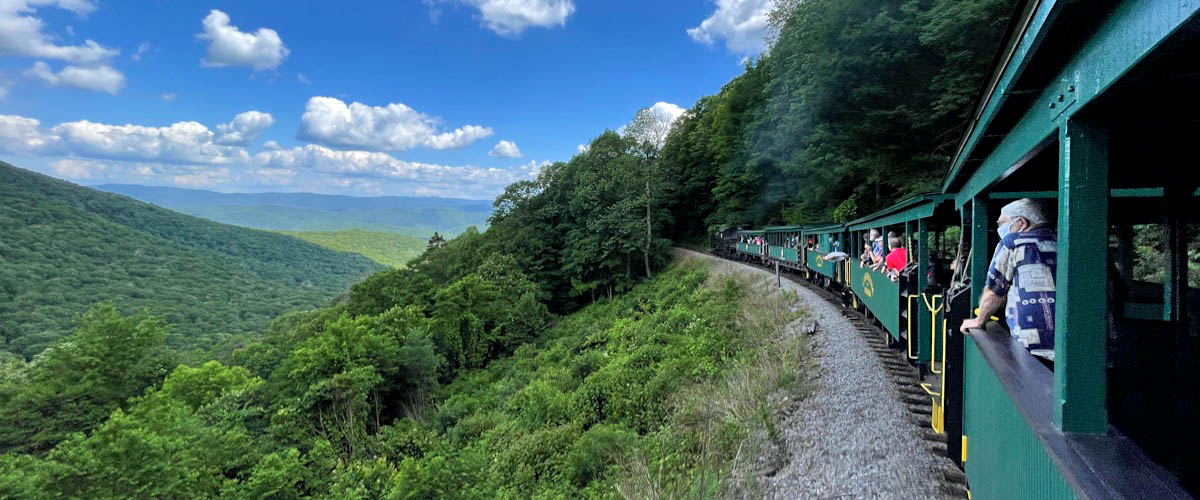
Jun 2022 / RWH
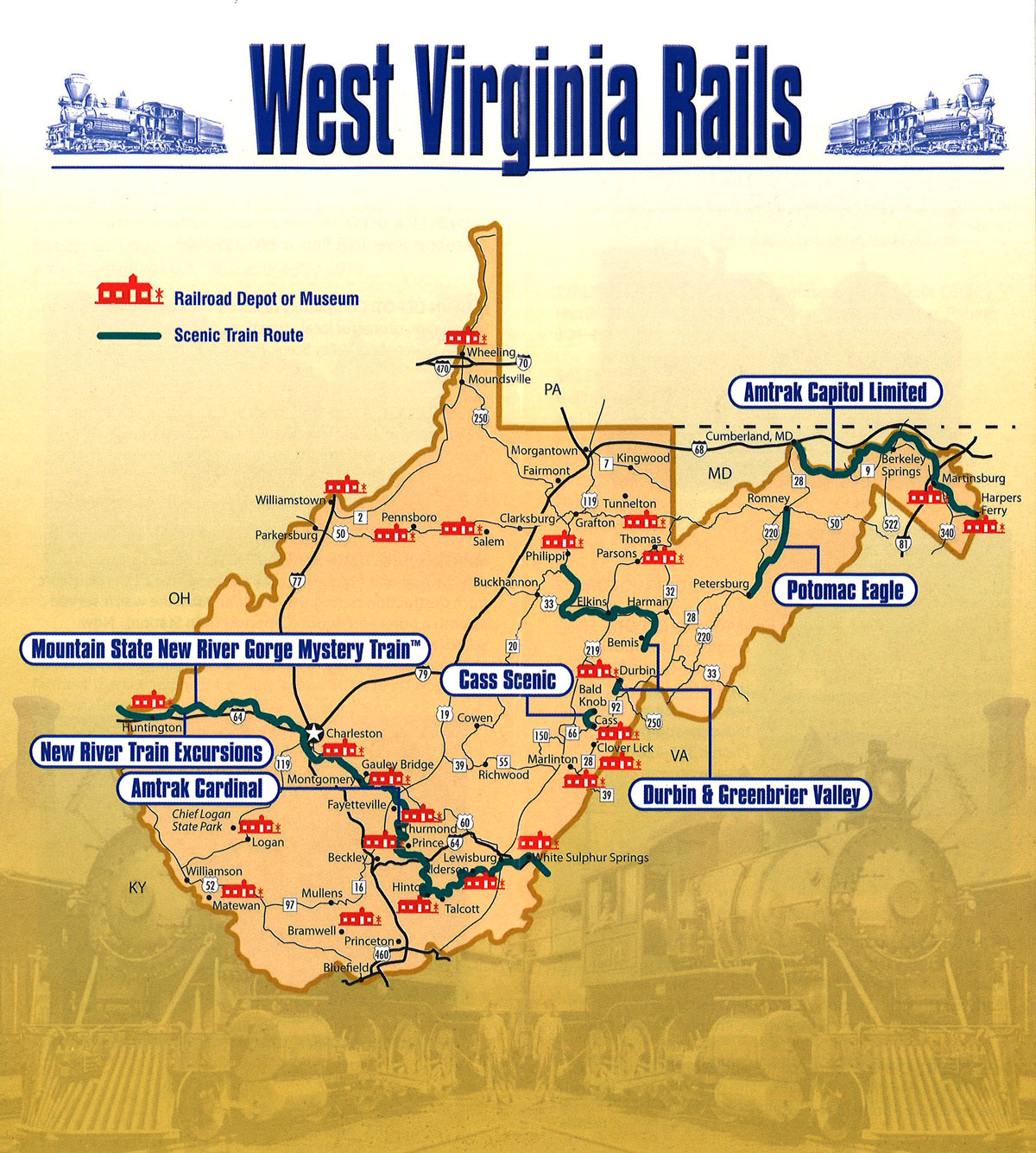
collection
 Lagniappe
Lagniappe
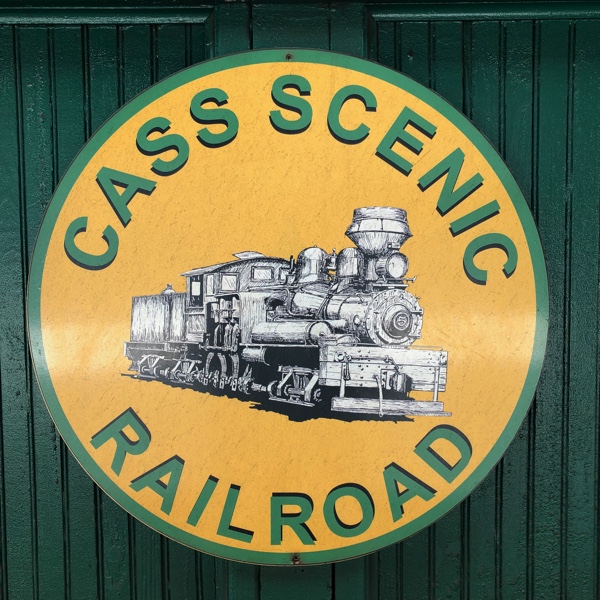
The Old Standard
Aug 2018 / RWH
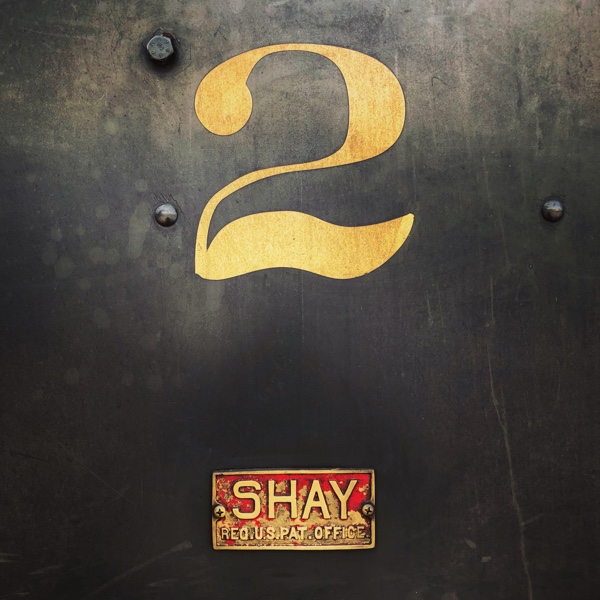
Second in Command
Aug 2018 / RWH
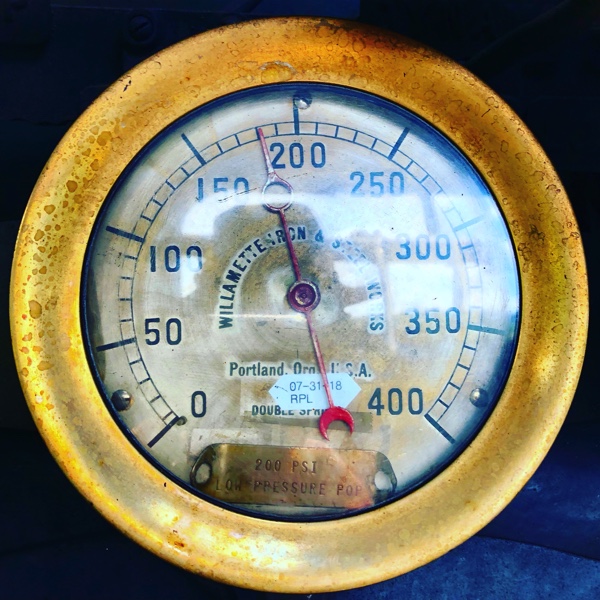
182 Pounds and Holding
Aug 2018 / RWH
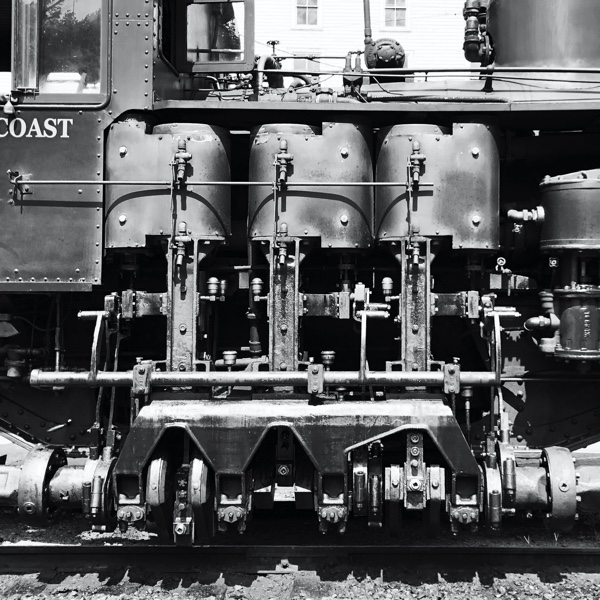
Board Room Meeting
Aug 2018 / RWH

Yes, Cheat was a fabulous place; a place where giants moved, a place where romance existed, a place where snowshoe rabbits lived and big hoot owls moved through the tops of swaying spruce trees. It was a land that created legends, and a land that fired the imagination of all the boys in my town.
Today all the human element is changed. The "corked" shoes of the hicks no longer cut holes in the boardwalks. No trains of logs snake down the steep slopes with their brakes so tight that sparks fly from every wheel. Supply cars no longer run to supply hungry loggers. The great "Company Store" is closed. The whine of the saw is still. The logger of a thousand fabled tales is seen no more.
Yet, Cheat still stands as before in all its awesome bulk. Civilization has made no inroads into it. It is wilderness now as it was then. The black bear still lumbers through its woods. The wildcat still hunts the snowshoe hare and the big owls still glide on silent wings to and fro. Cheat River still chuckles over the stones and still holds the brightly colored trout. New spruce forests blanket the land and furnish a home for deer, turkeys and other creatures of the wild.
Warren E. Blackhurst - "Until the Hills" - from Natural History of the Cass Scenic Railroad - 1967

Cheating on the Final
Aug 2018 / RWH
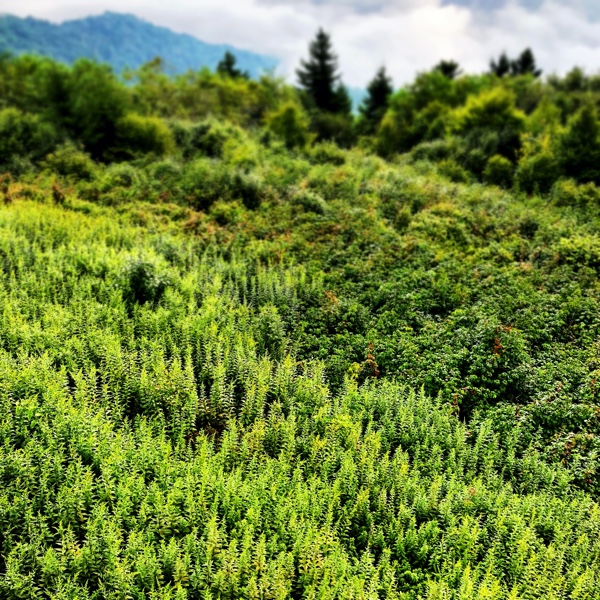
Head Covering
Aug 2018 / RWH

Unto the Hills
Aug 2018 / RWH

Bald Knob Twilight
Aug 2018 / RWH

I'm on Top of the World, Hey
Aug 2018 / RWH
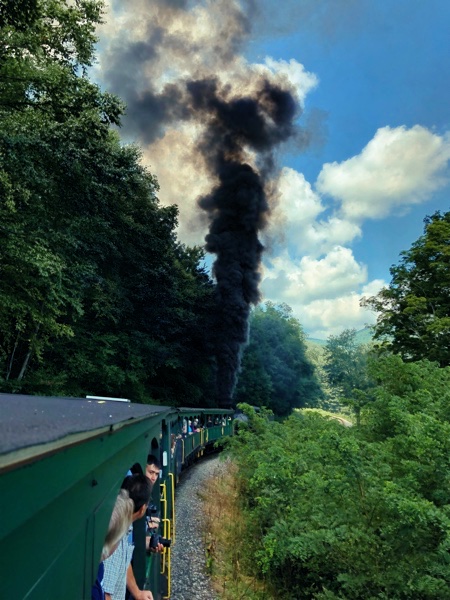

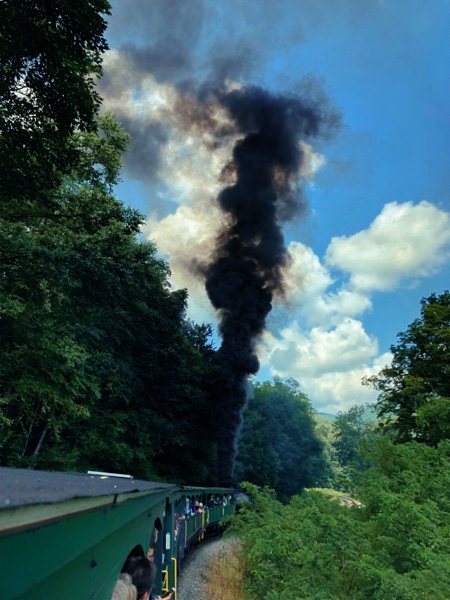

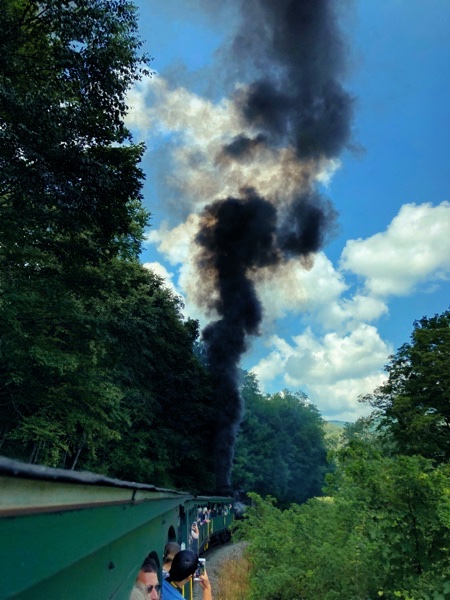
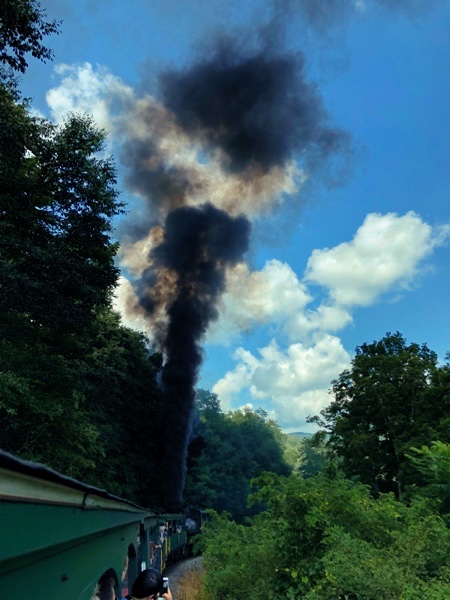
Smoke Signals
Aug 2018 / RWH
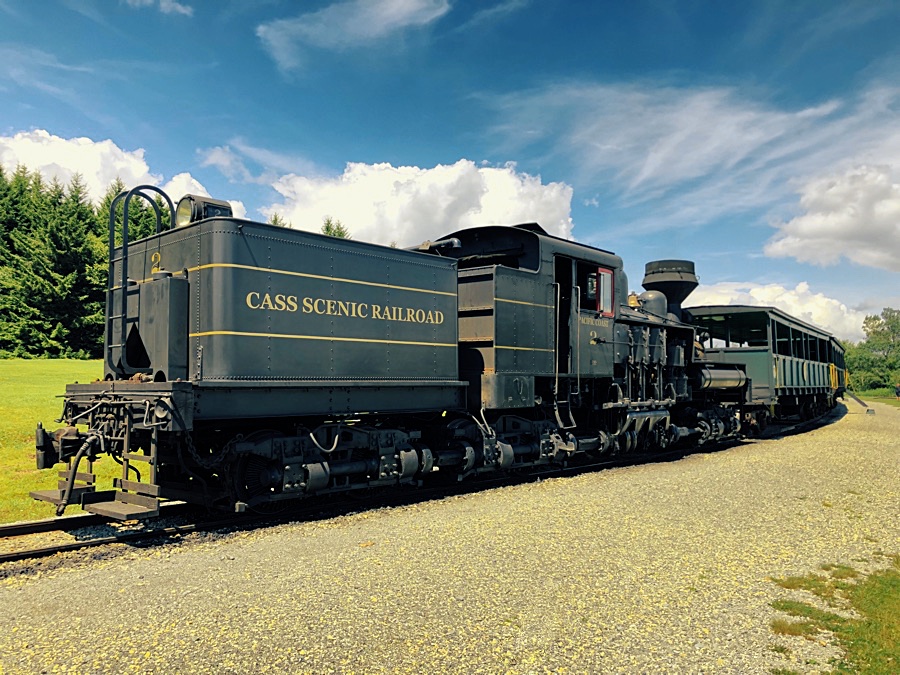
Take Me to the Moon and Back
Aug 2018 / RWH
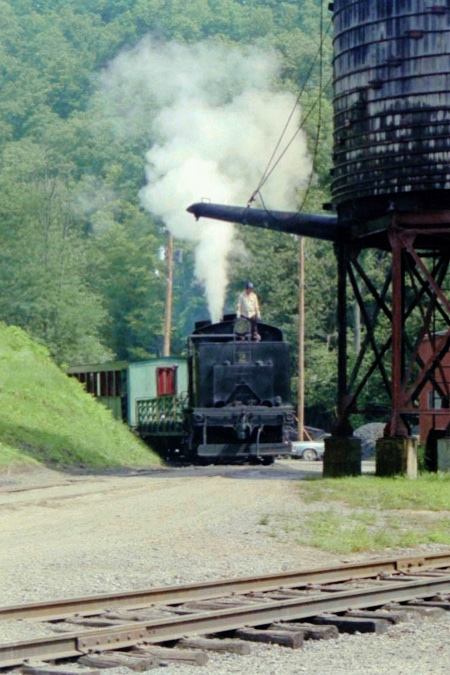
Time for a Drink
Aug 1989 / RWH
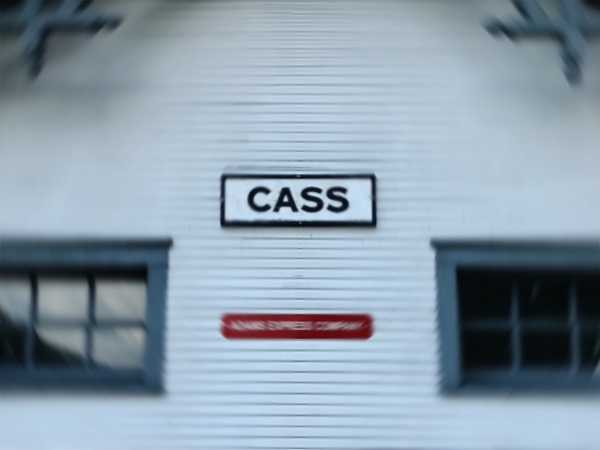
That Old Familiar Place
Aug 2018 / RWH
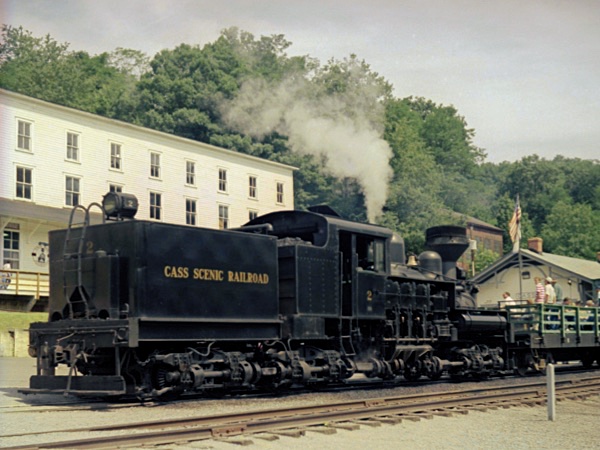
All Fired Up and Ready
Aug 1989 / JCH
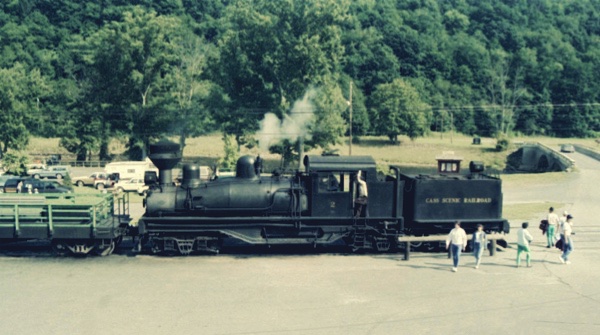
The Wrong Side of a Shay
Aug 1989 / JCH
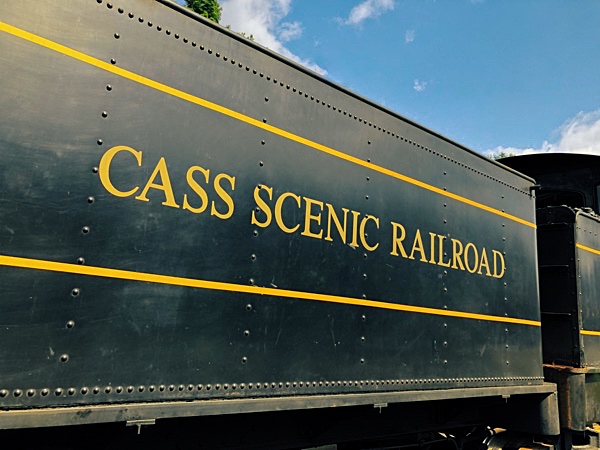
The One and Only
Jun 2013 / RWH
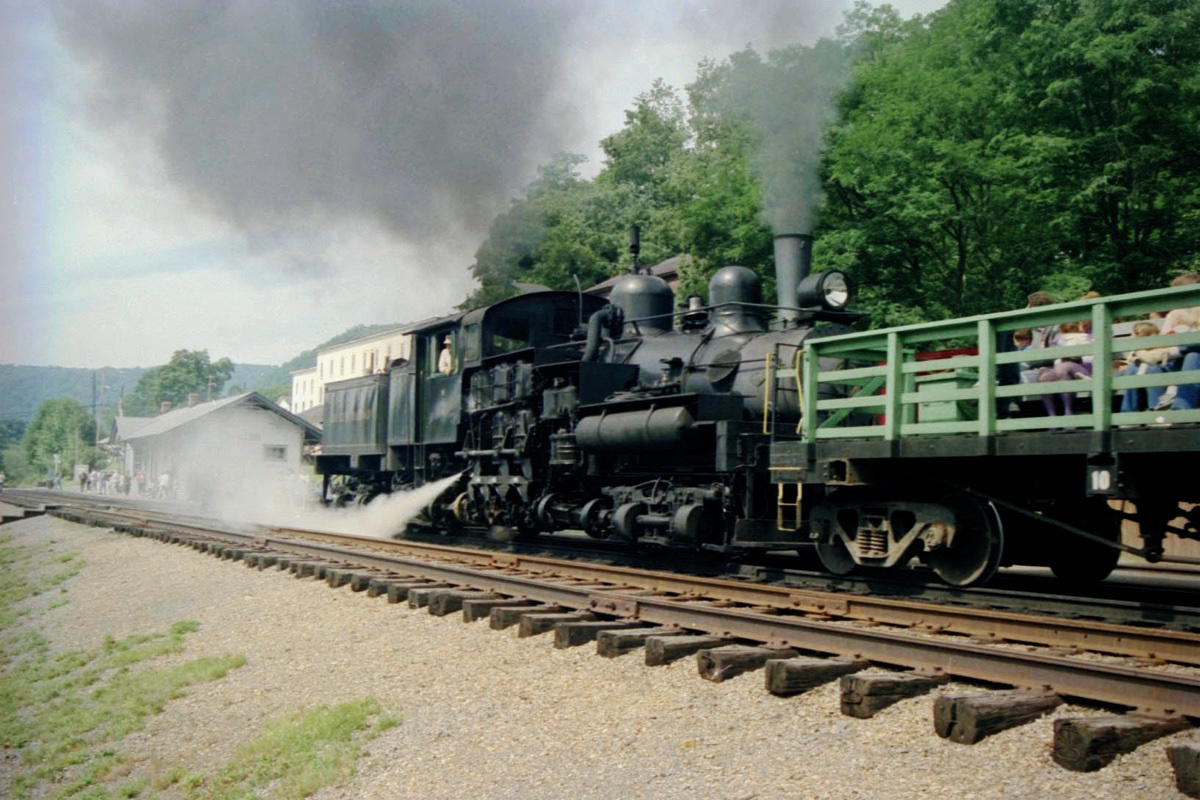
Let's Get this Show on the Road
Aug 1989 / JCH
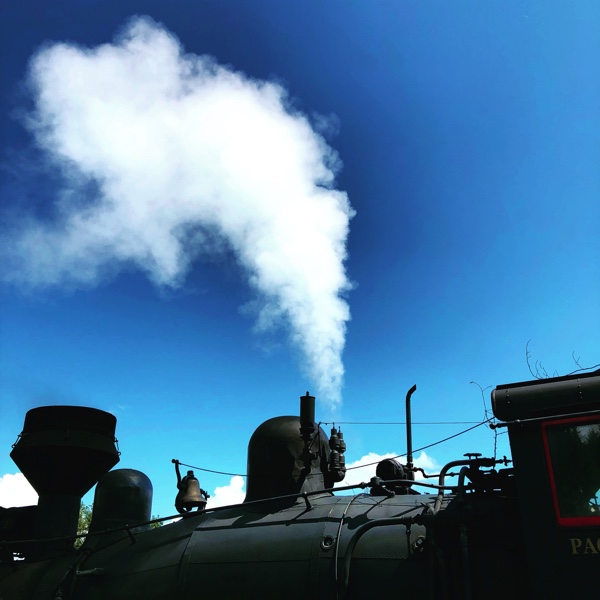
Always Mouthing Off
Aug 2018 / RWH
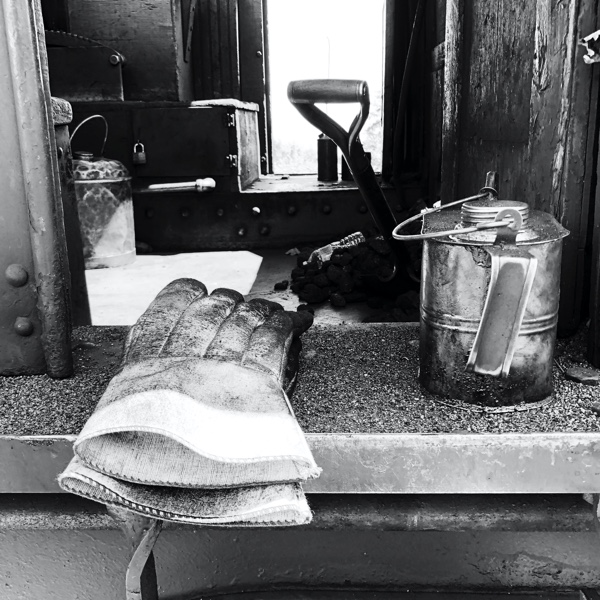
Caretaker
Aug 2018 / RWH
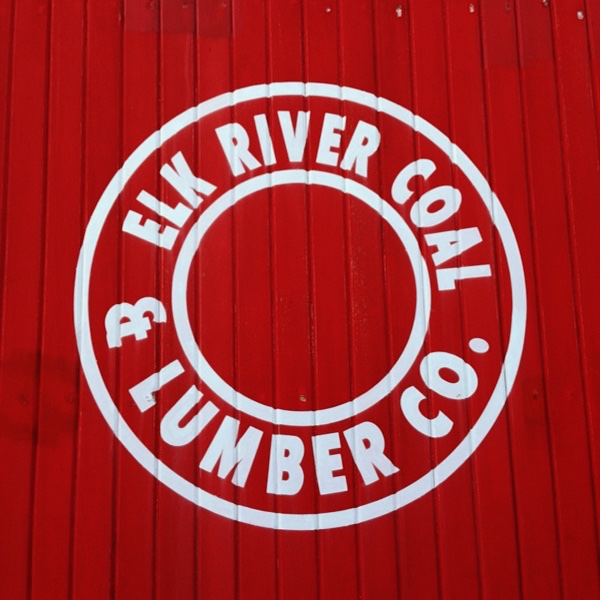
Company Lore
Aug 2018 / RWH
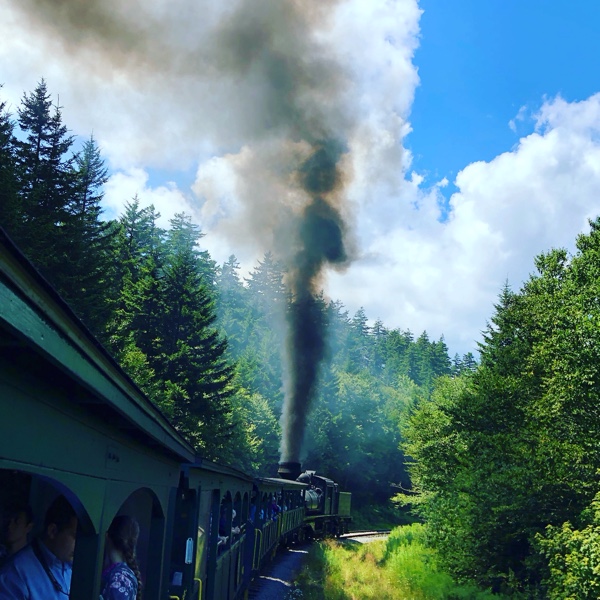
You Can Count on Me
Aug 2018 / RWH
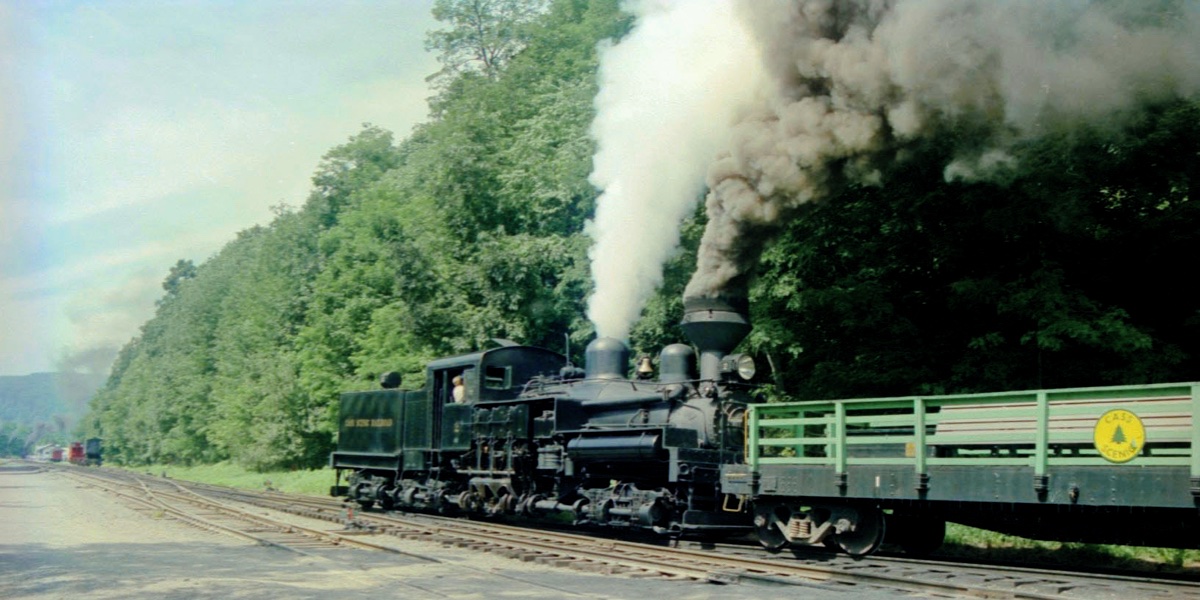
The Formula for Steam
Aug 1989 / JCH
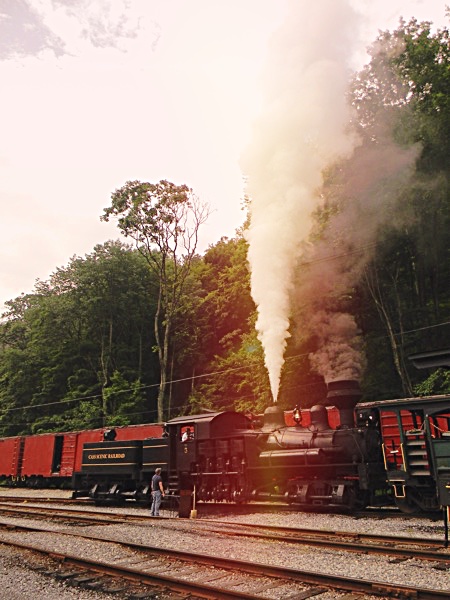
The Control of Chaos
Jun 2013 / RWH
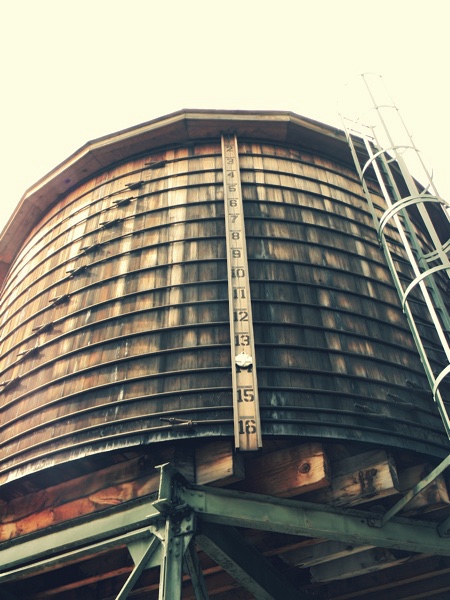
Thirsty Mules
Jun 2013 / RWH
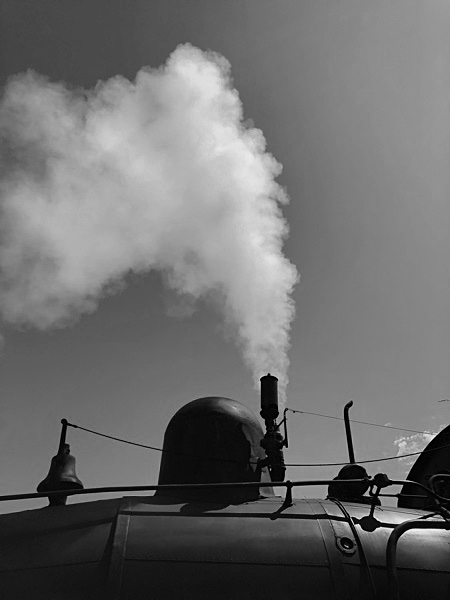
Dihydrogen Monoxide
Jun 2013 / RWH
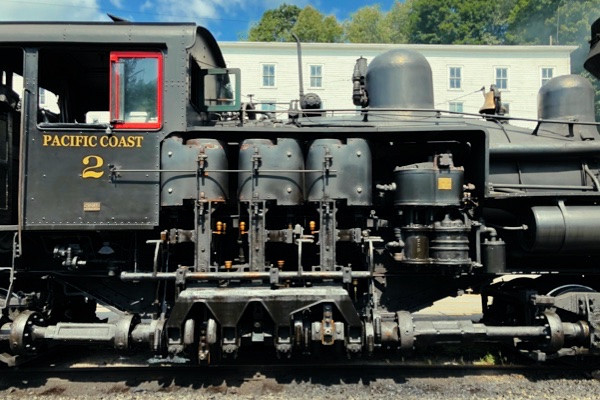
The Genius of Ephraim
Jun 2013 / RWH

Patent Pending
Aug 2018 / RWH
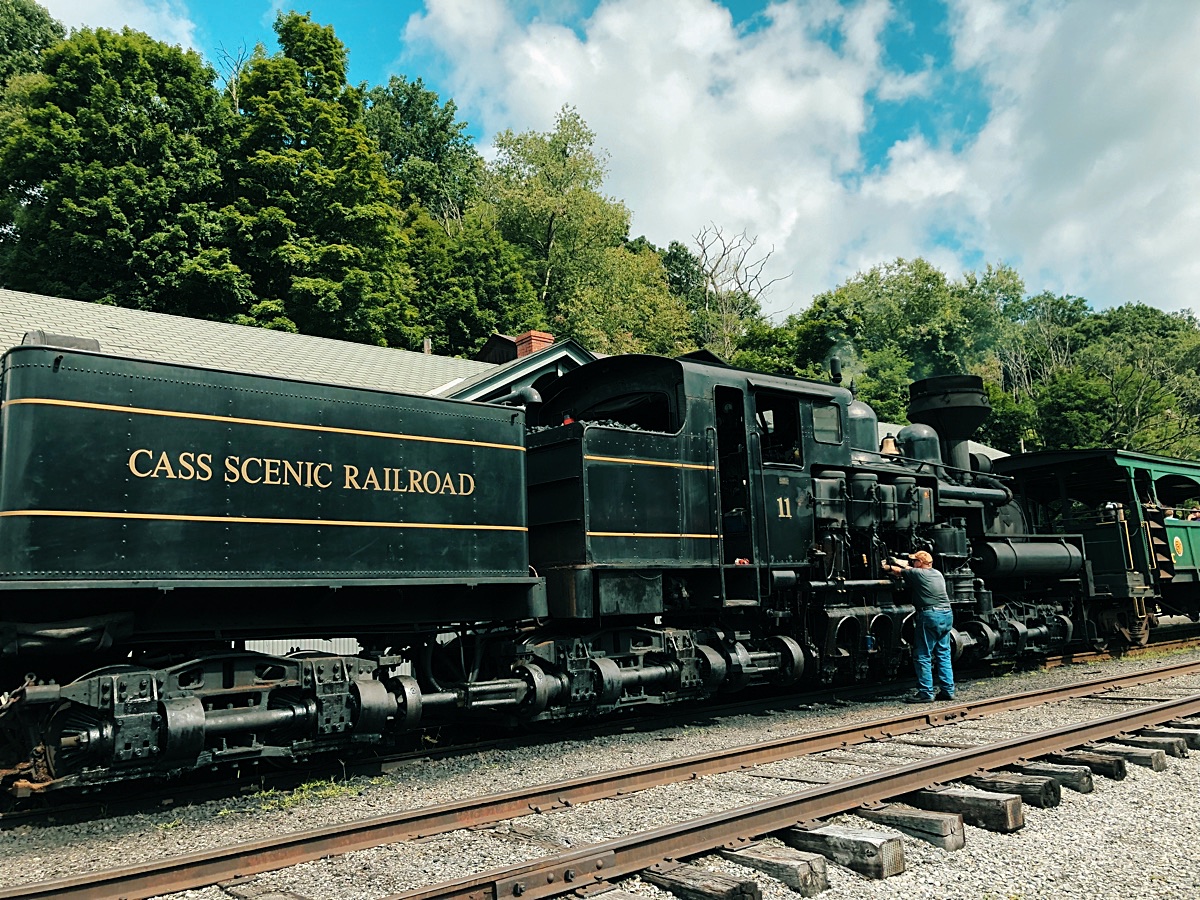
Man and Machine
Aug 2018 / RWH

Appetite Answered
Jun 2013 / RWH
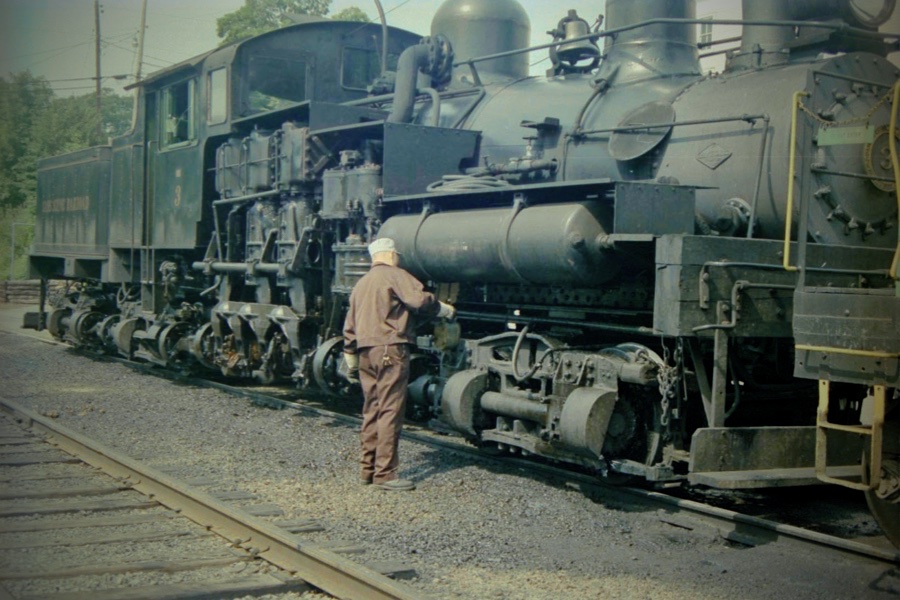
The Time-Honored Way
Aug 1989 / JCH

Uncorked
Jun 2013 / RWH

Clear Your Mind
Aug 2018 / RWH
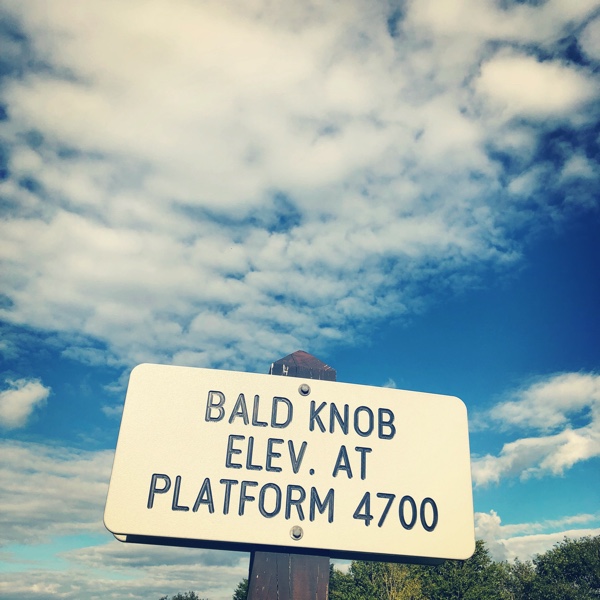
Even Numbers
Aug 2018 / RWH

Steam Chaser
Aug 2018 / RWH
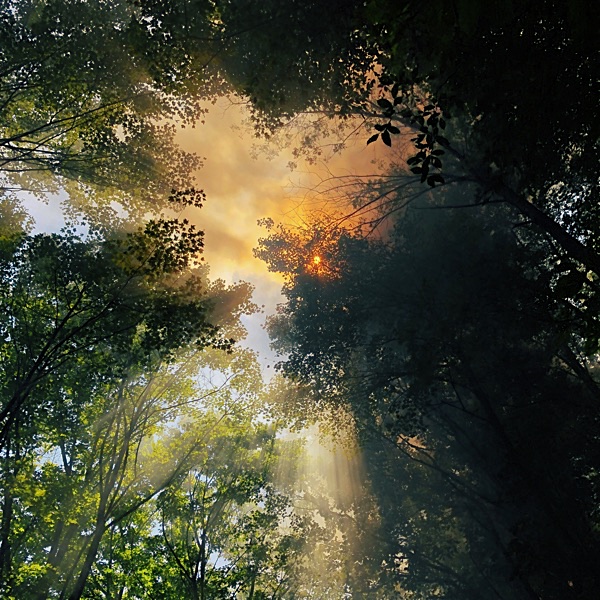
A Fragrant Offering
Aug 2018 / RWH
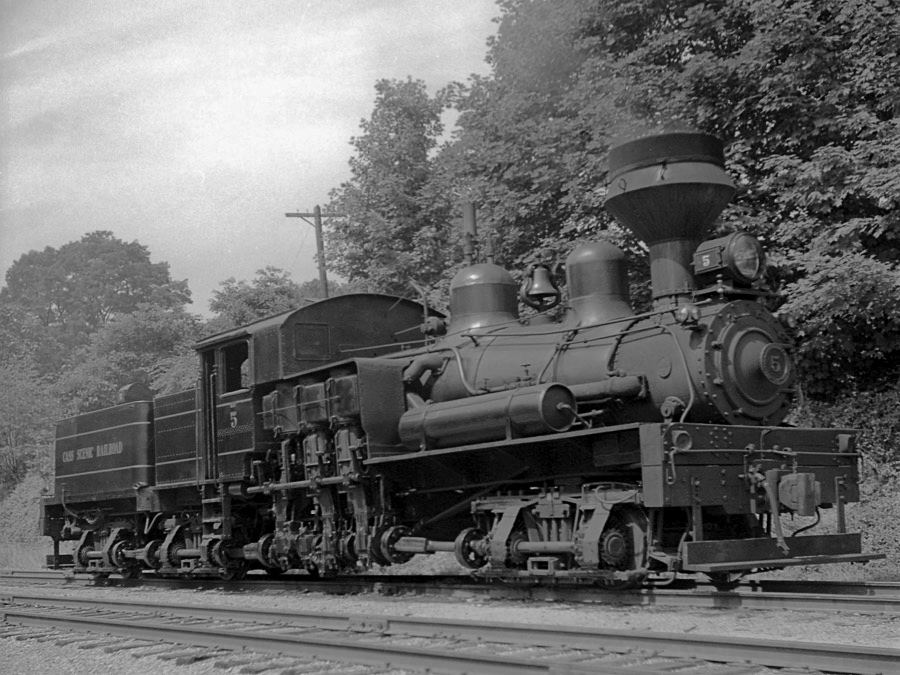
The Long Lasting Lima
Aug 1989 / JCH
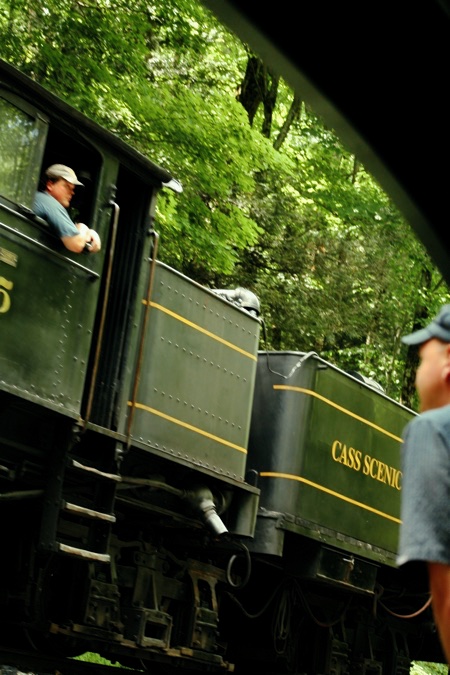
Meeting of the Minds
Jun 2013 / Tobyn Wells

Explorers
Aug 2018 / RWH
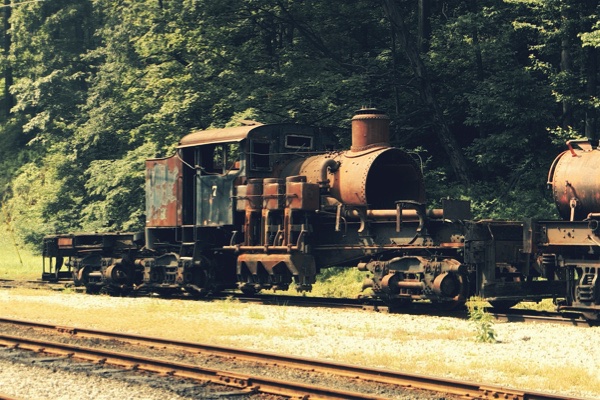
Organ Donor
Aug 1989 / JCH

All the Ingredients for Steam
Jun 2013 / RWH

One Big Brute
Jun 2013 / RWH

84 Miles from Ronceverte
Aug 1989 / JCH

Whittaker Wanderings
Aug 1989 / JCH
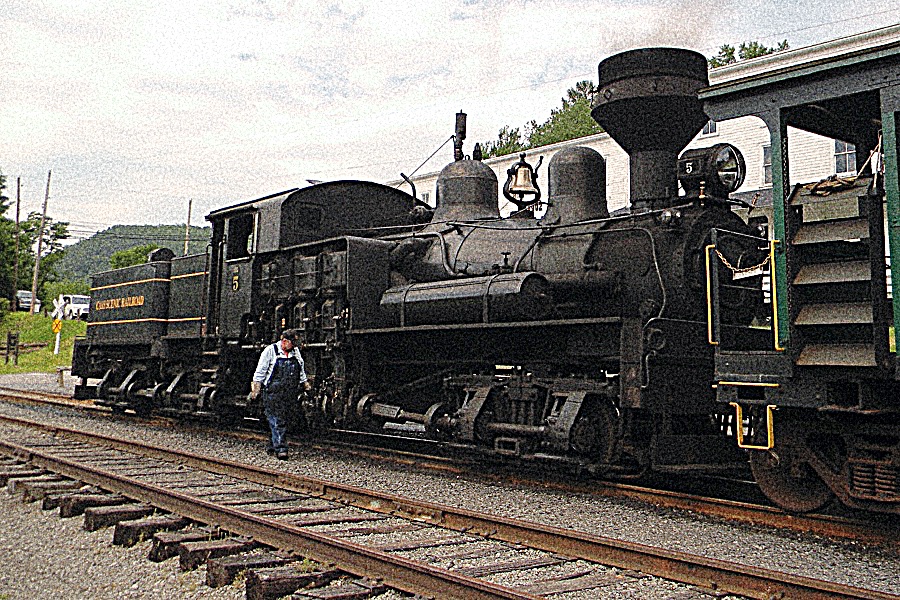
Senior Flight Officer
Jun 2013 / RWH
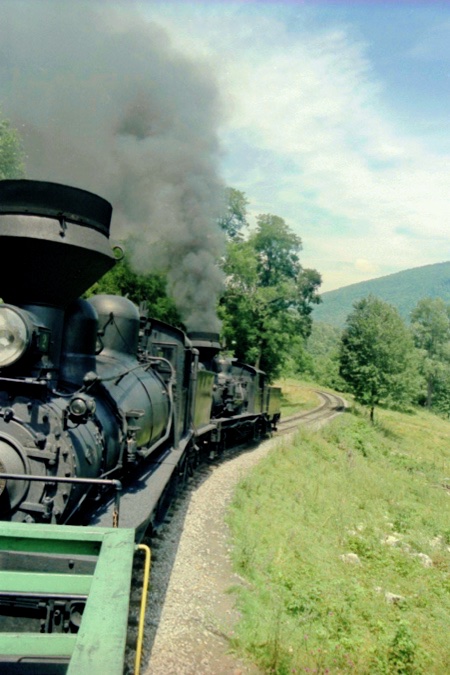
Eleven Percent Push
Aug 1989 / JCH
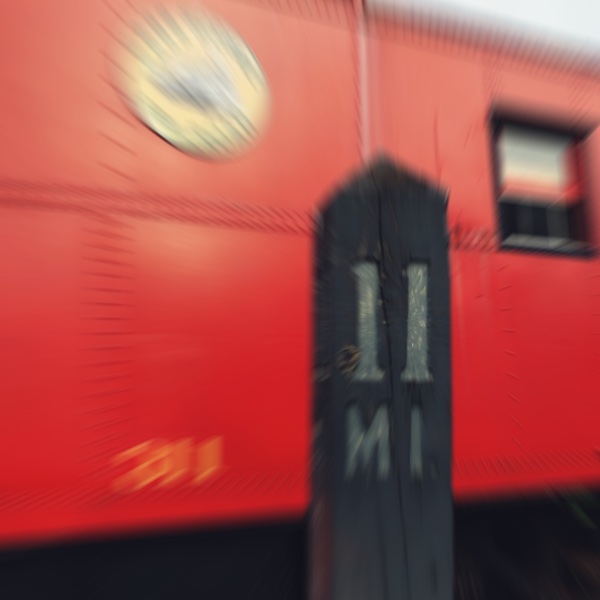
Eleven in the Clouds
Aug 2018 / RWH
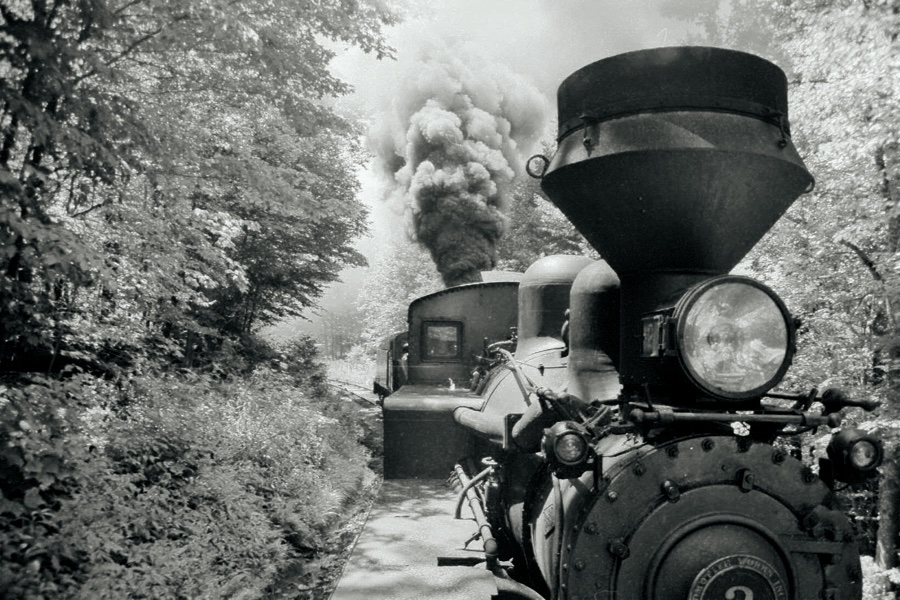
Thundering Madness
Aug 1989 / JCH
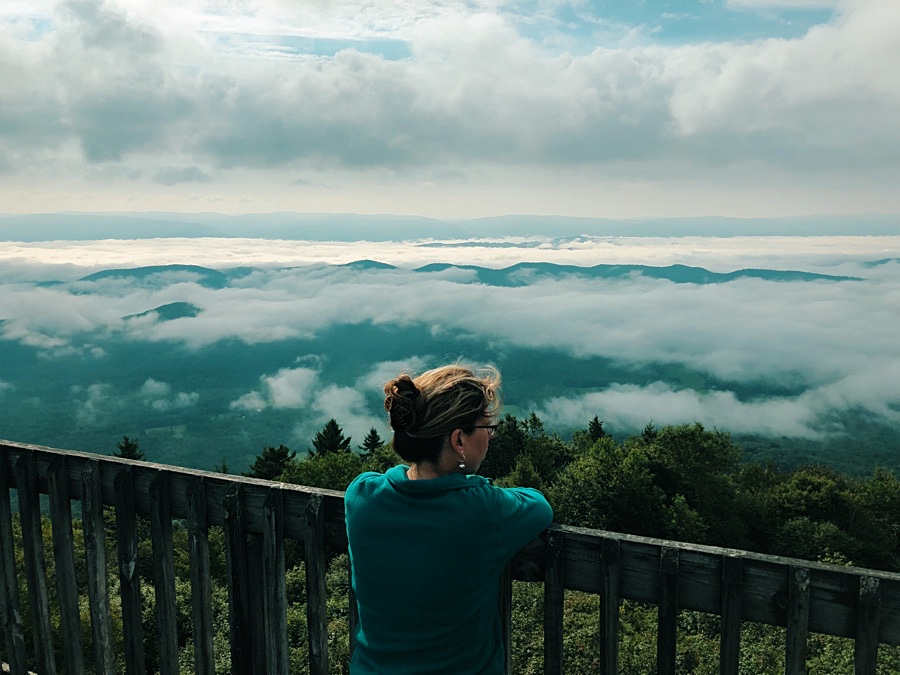
Prelude to Awareness
Aug 2018 / RWH
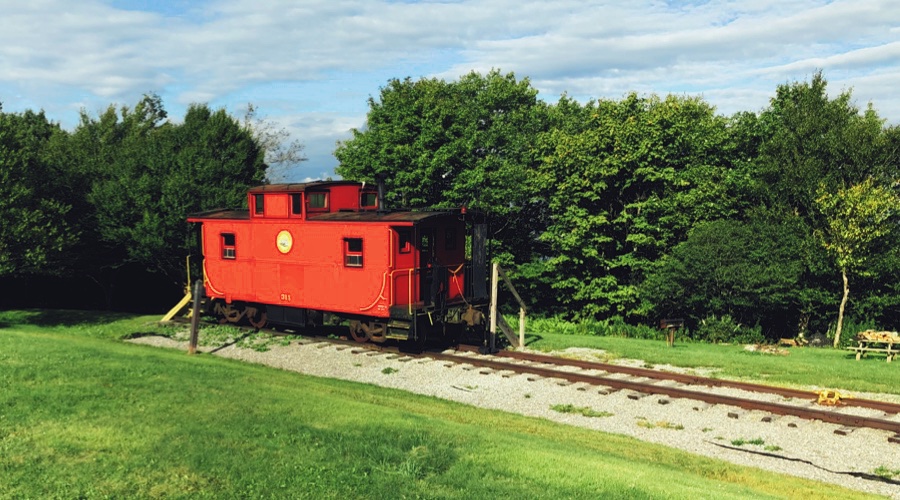
We're Goin to the End of the Line
Aug 2018 / RWH

 Extra Board
Extra Board


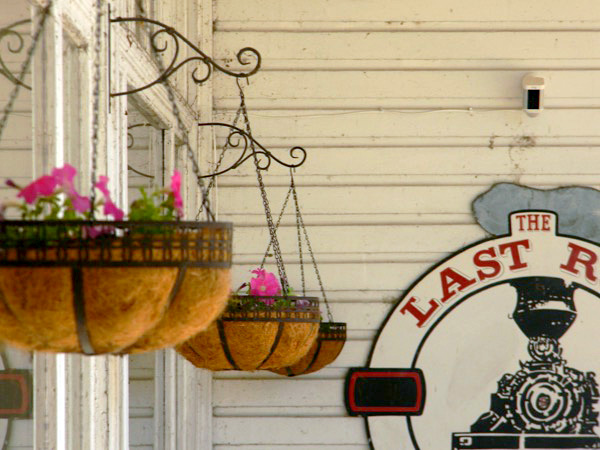
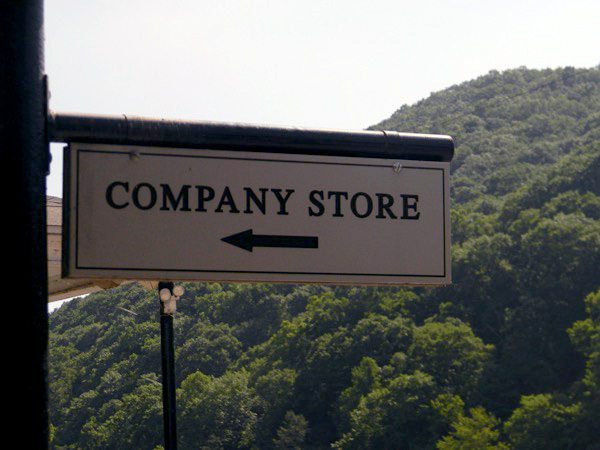
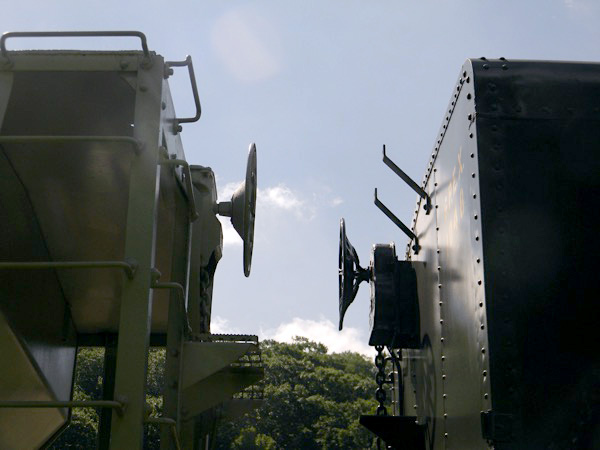
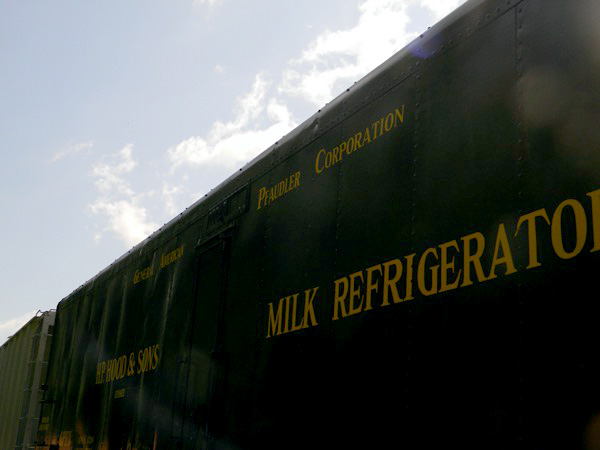
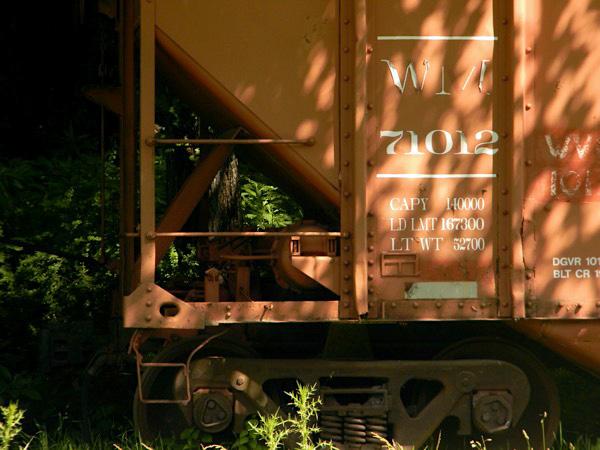
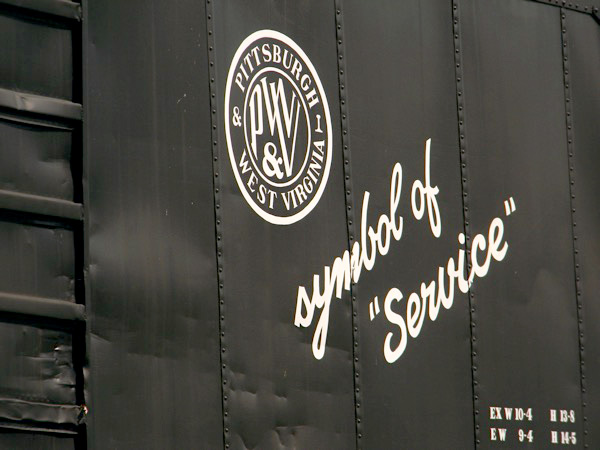
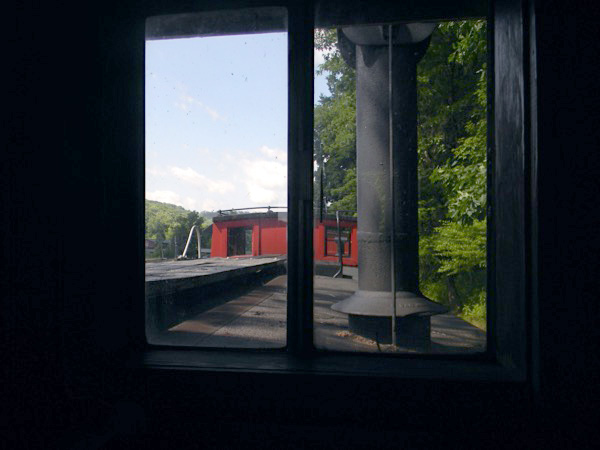
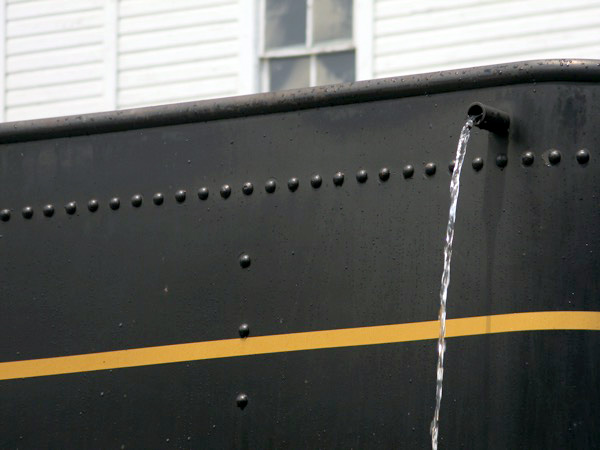
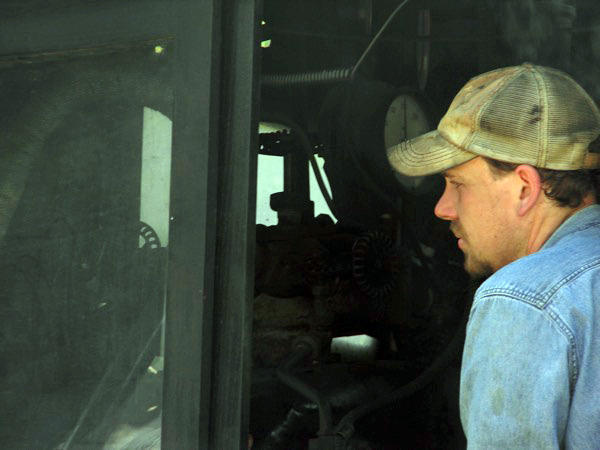
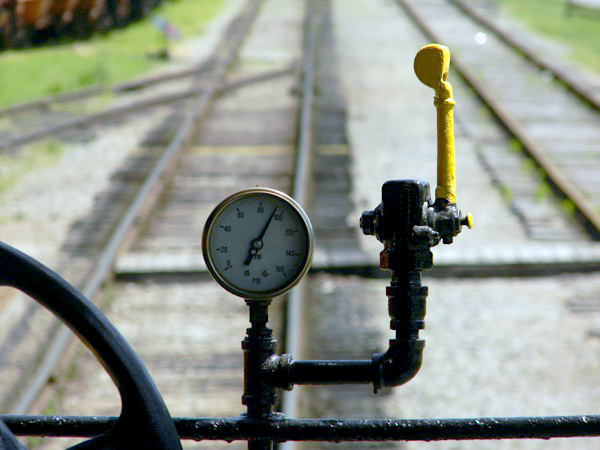
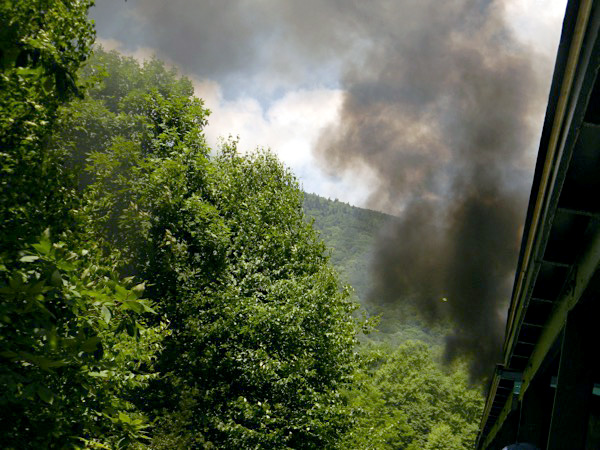

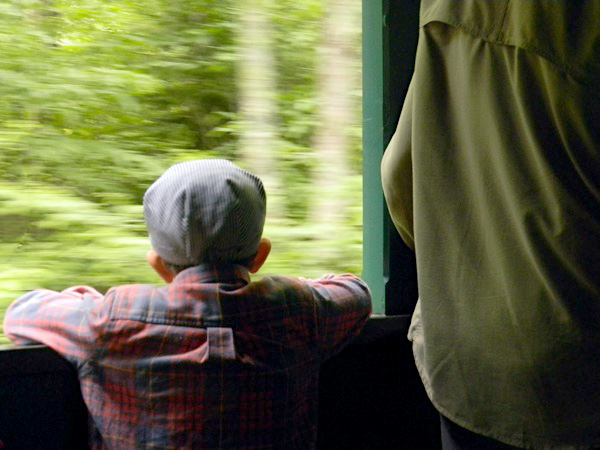

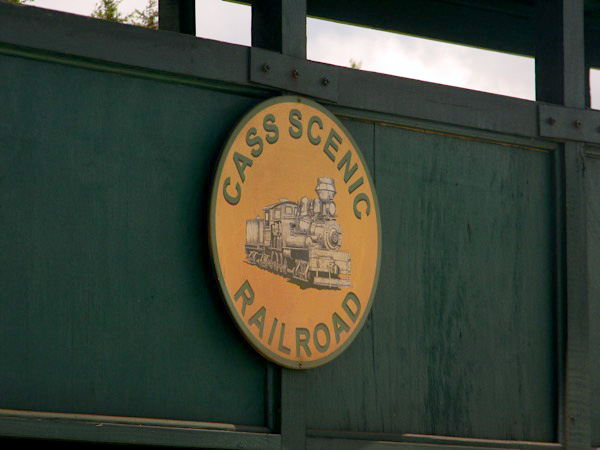

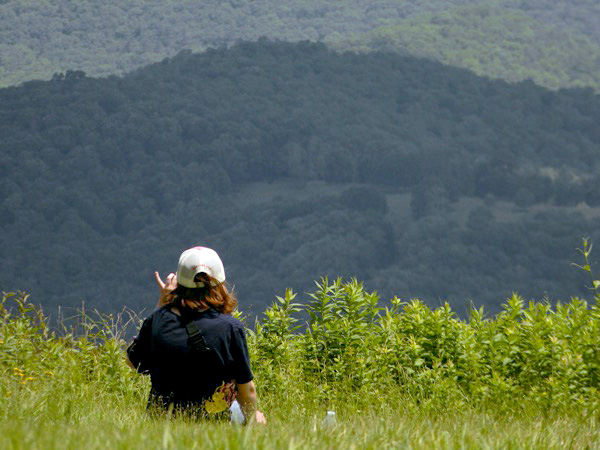
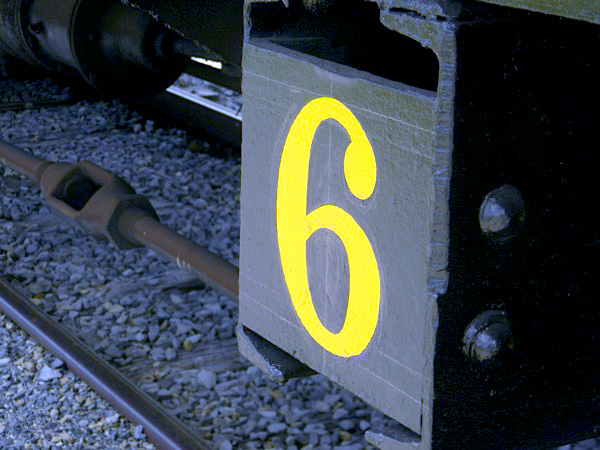
Cass, WV / Jun 2022 / ETH
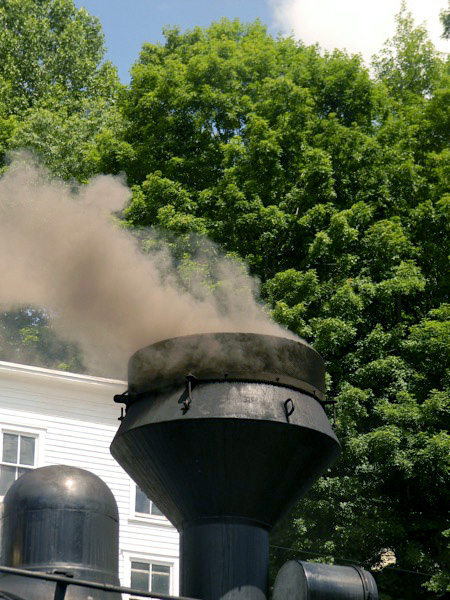
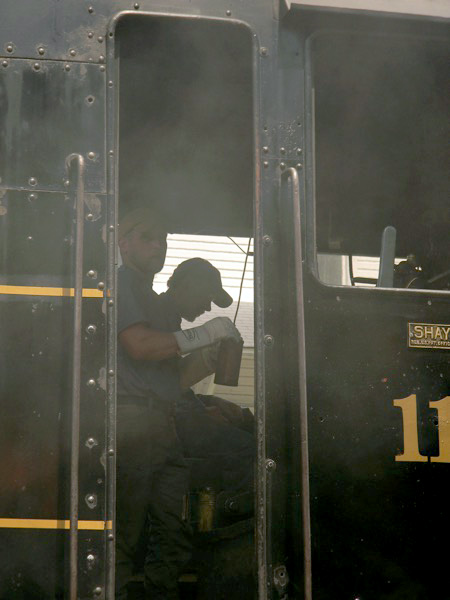
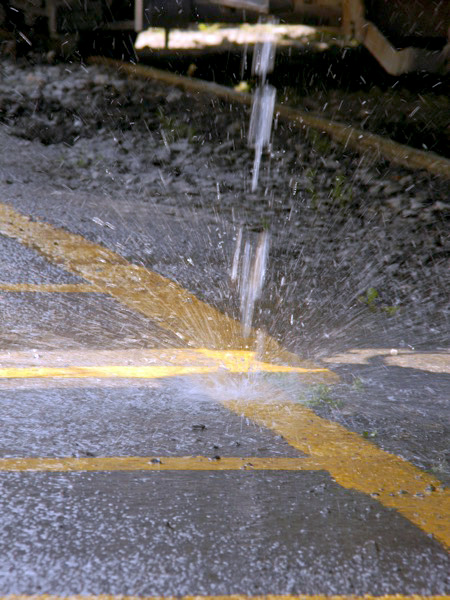
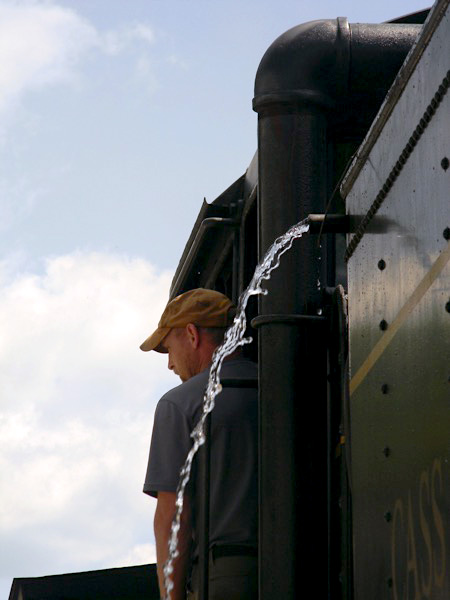
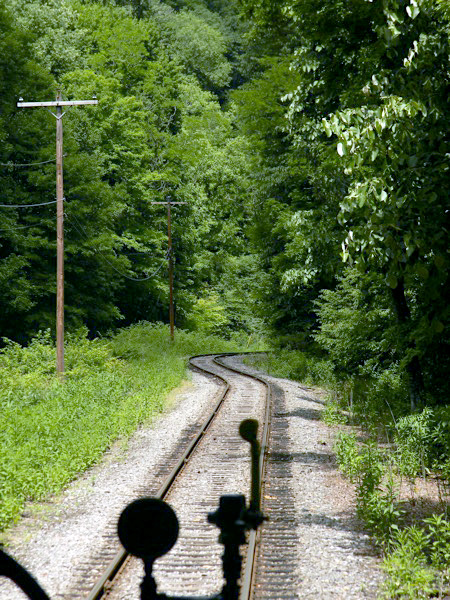

Cass, WV / Jun 2022 / ETH

See also Ella's complete Extra Board image collection in Lagniappe
 Snapshots
Snapshots
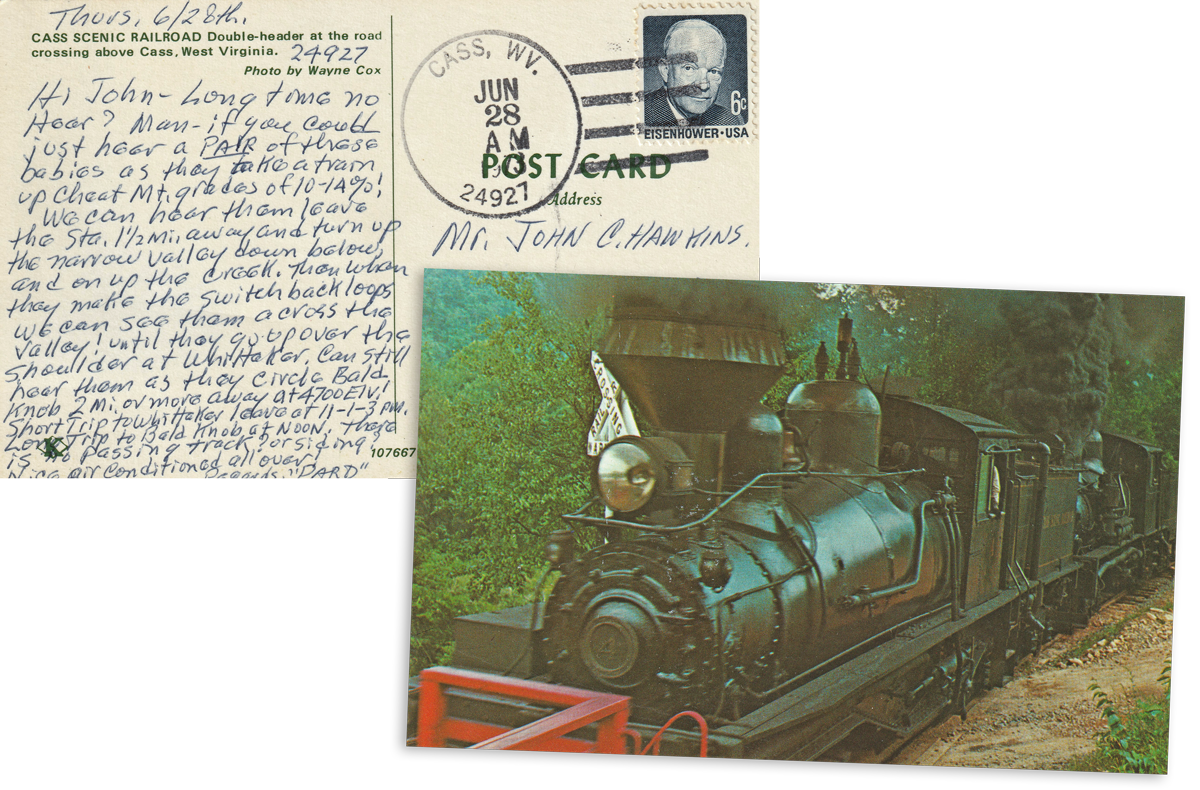
1973 personal postcard / collection
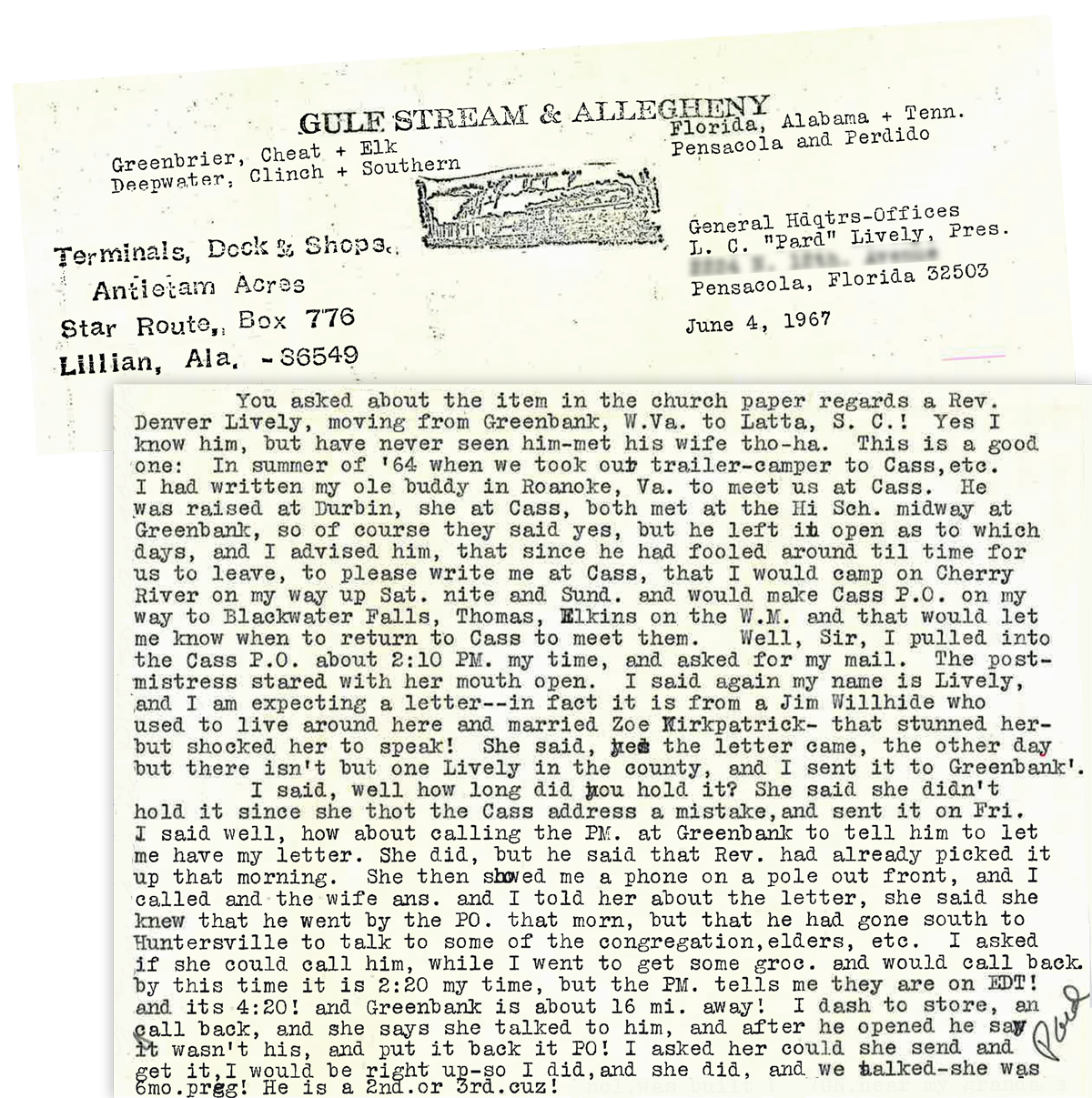
1967 Pard Lively correspondance / collection
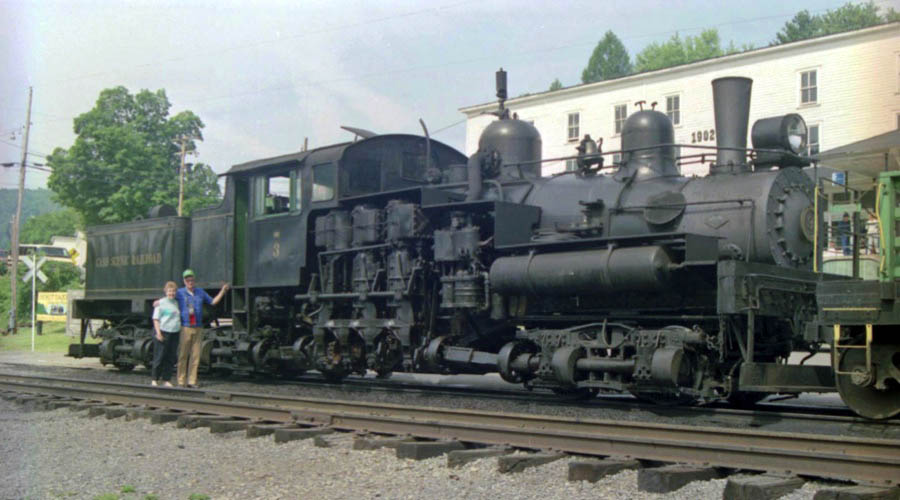
Cass, WV / Aug 1989 / RWH
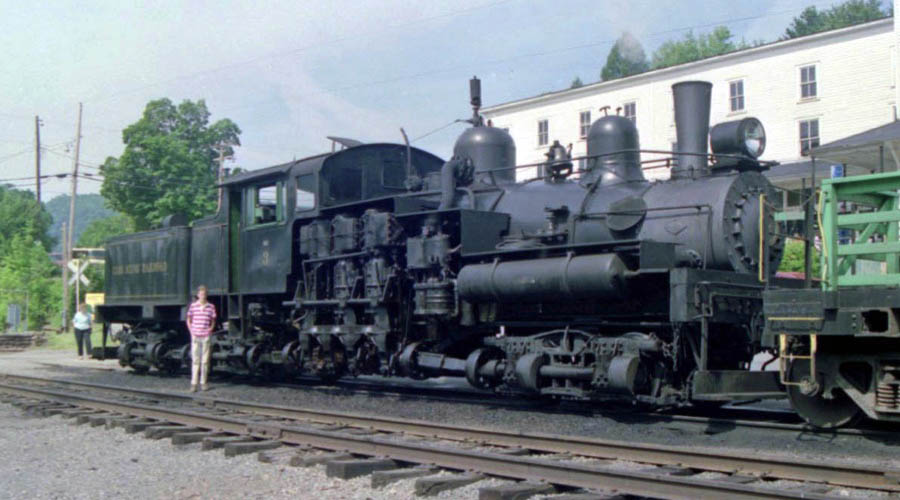
Cass, WV / Aug 1989 / JCH

Aug 1989 / JCH
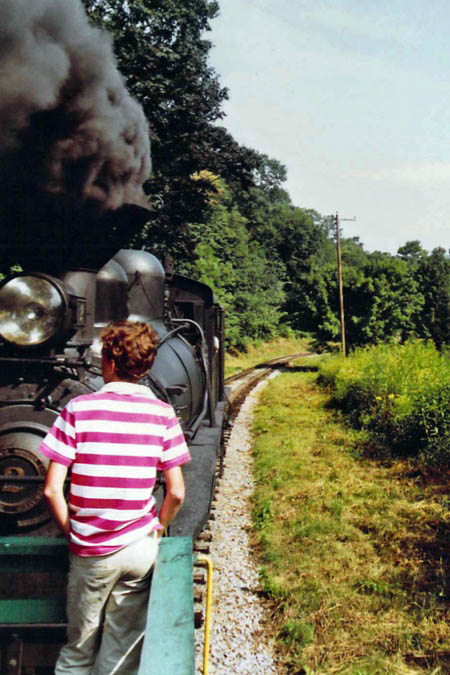
Aug 1989 / JCH
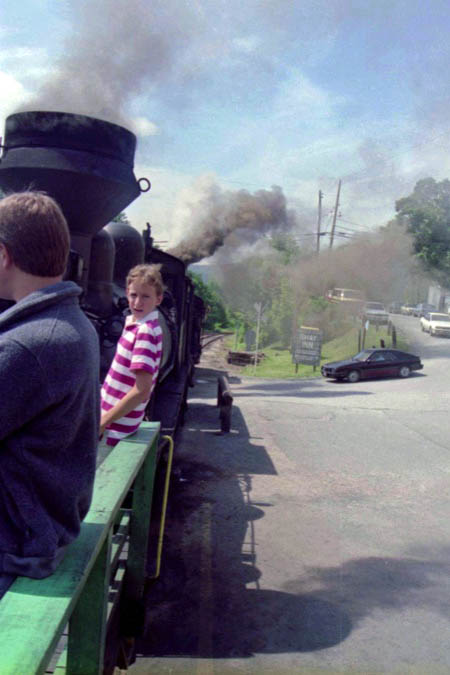
Aug 1989 / JCH

Aug 1989 / JCH
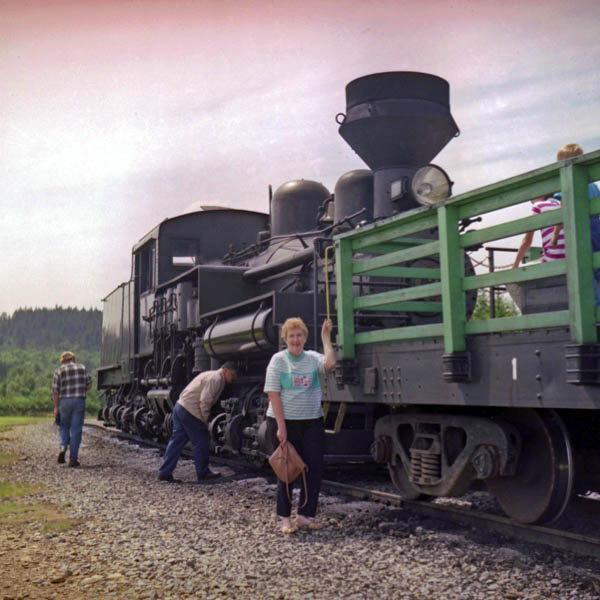
Bald Knob, WV / Aug 1989 / JCH

Cass, WV / Jun 2013 / Ben Wells
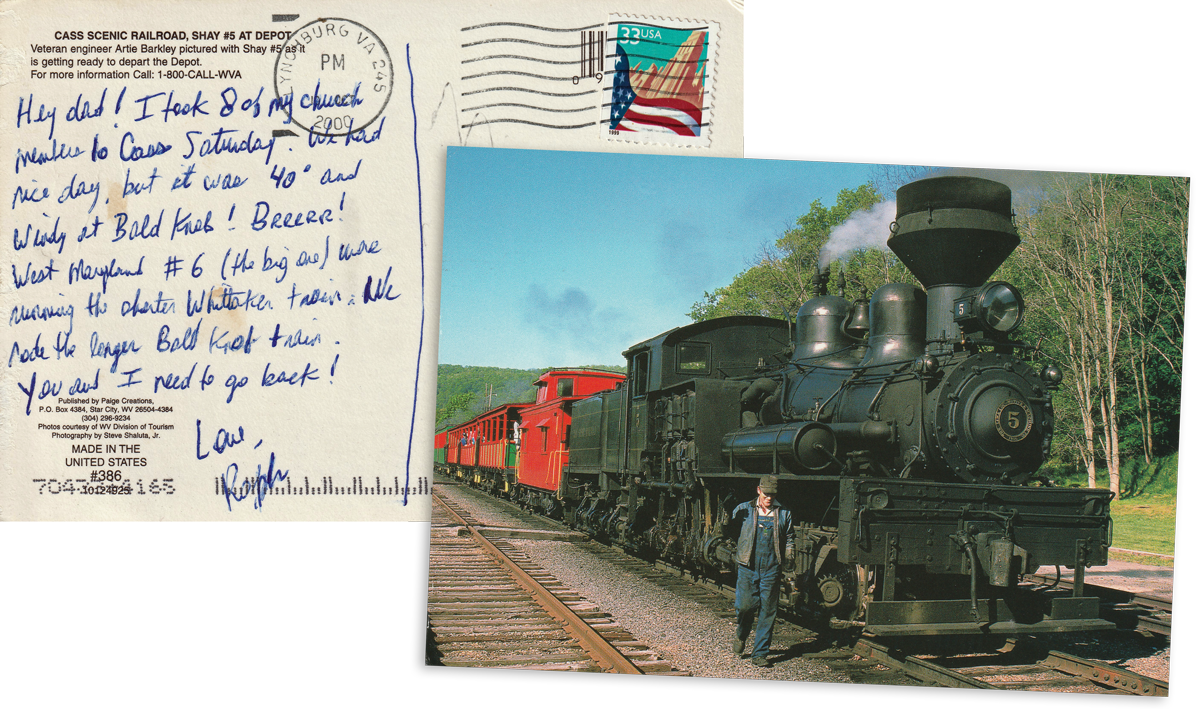
2000 personal postcard / collection
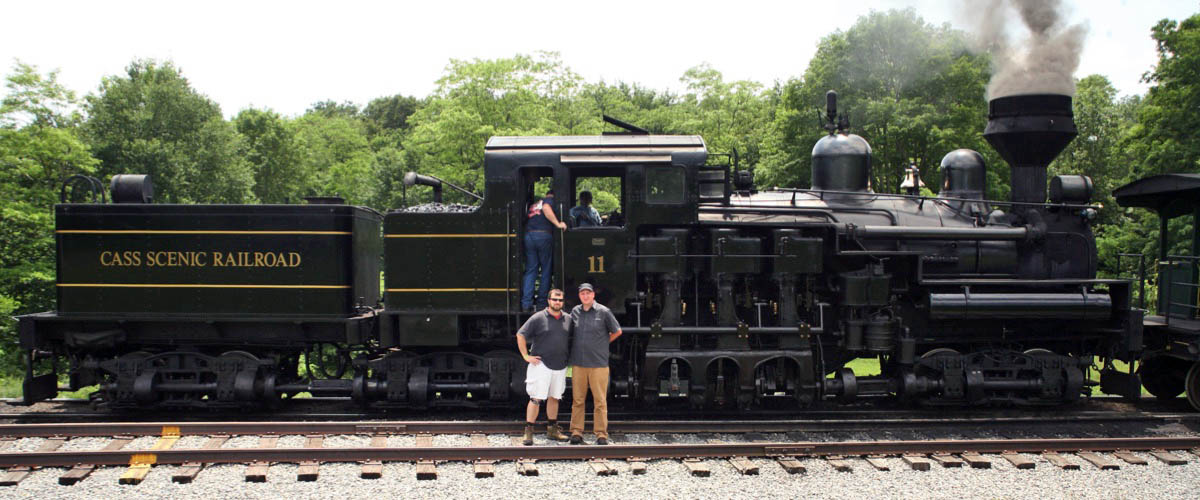
Whittaker Station, WV / Jun 2013 / Tobyn Wells

Cass, WV / Jun 2013
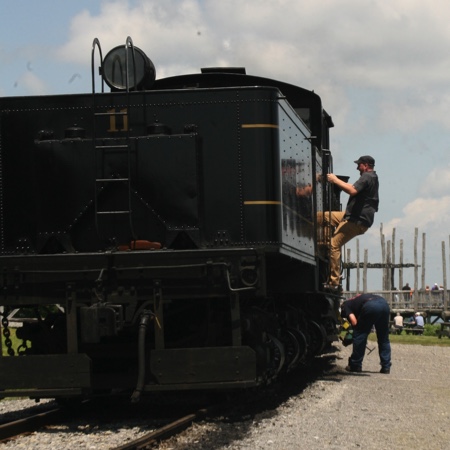
Bald Knob, WV / Jun 2013

Jun 2013 / Tobyn Wells
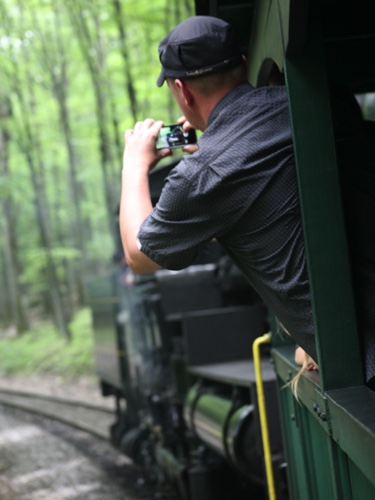
Jun 2013 / Tobyn Wells

Jun 2013 / Tobyn Wells
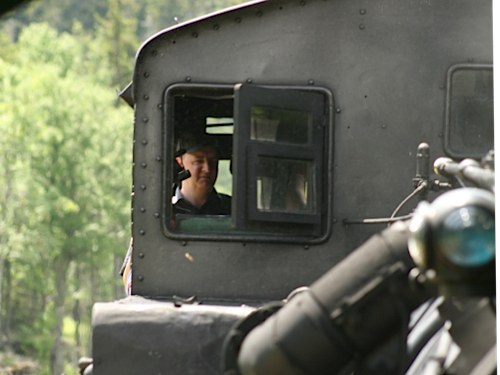
Jun 2013 / Tobyn Wells
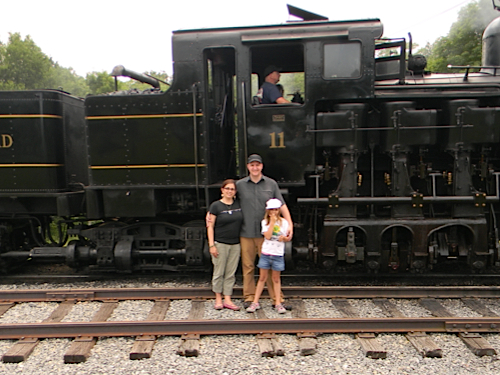
Jun 2013 / Tobyn Wells
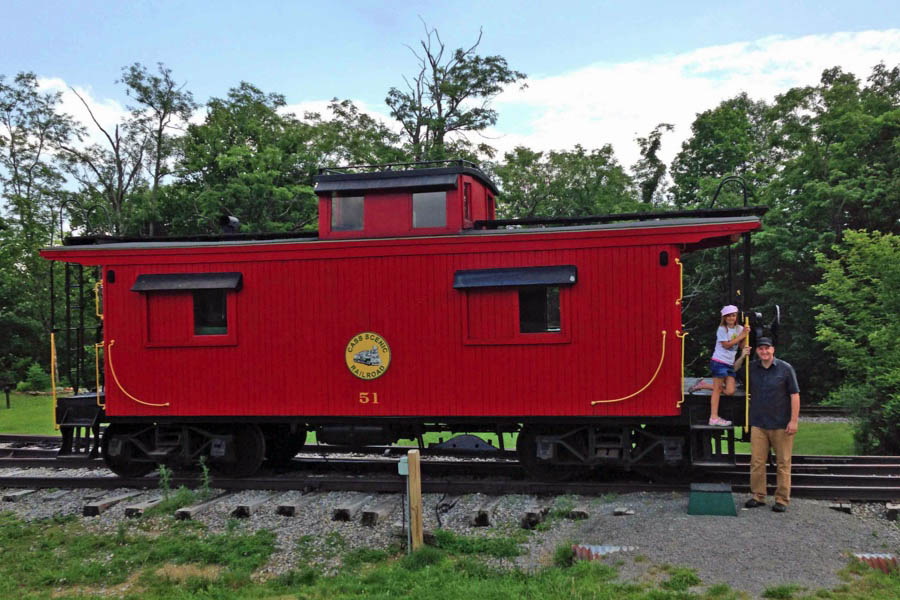
Whittaker Station, WV / Jun 2013 / Tobyn Wells
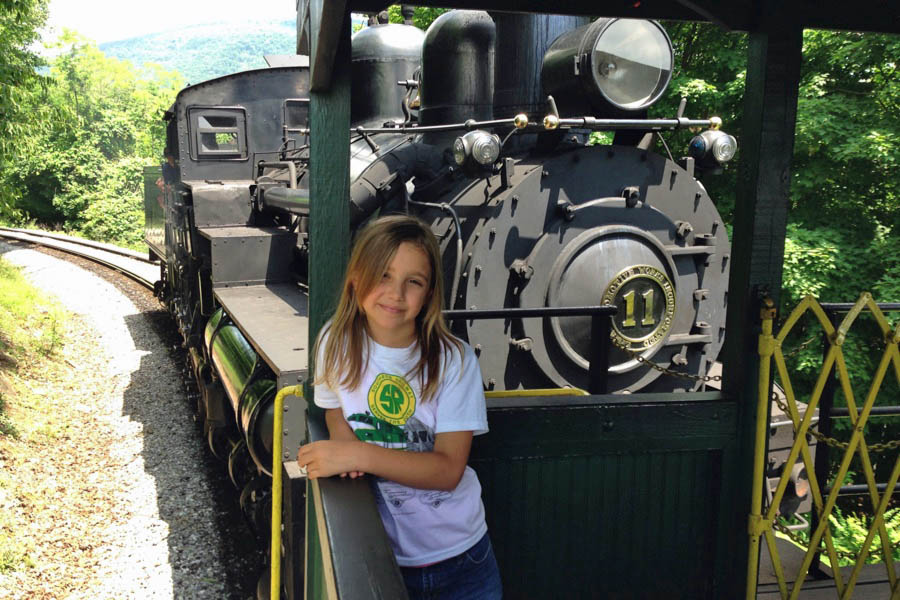
Cass, WV / Jun 2013 / RWH
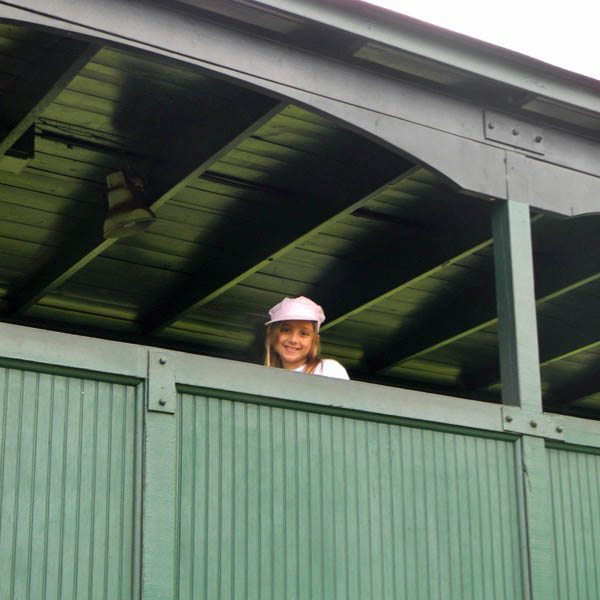
Jun 2013 / RWH

Jun 2013 / RWH
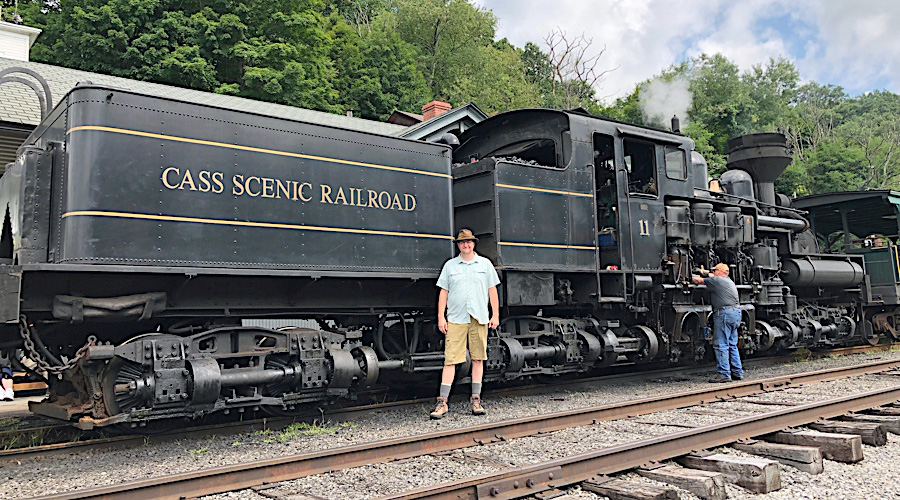
Cass, WV / Aug 2018 / Deb Tregaskis
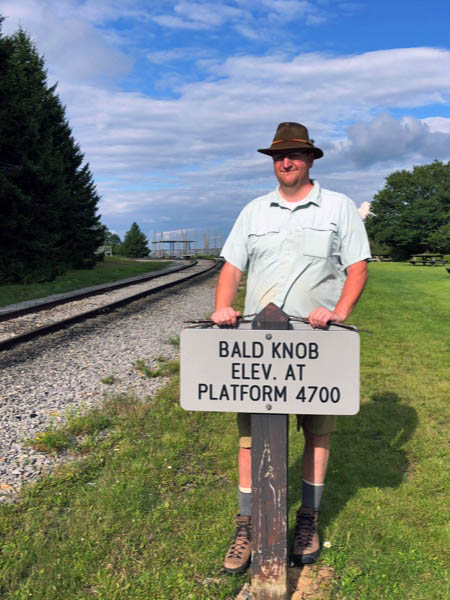
Aug 2018 / Deb Tregaskis
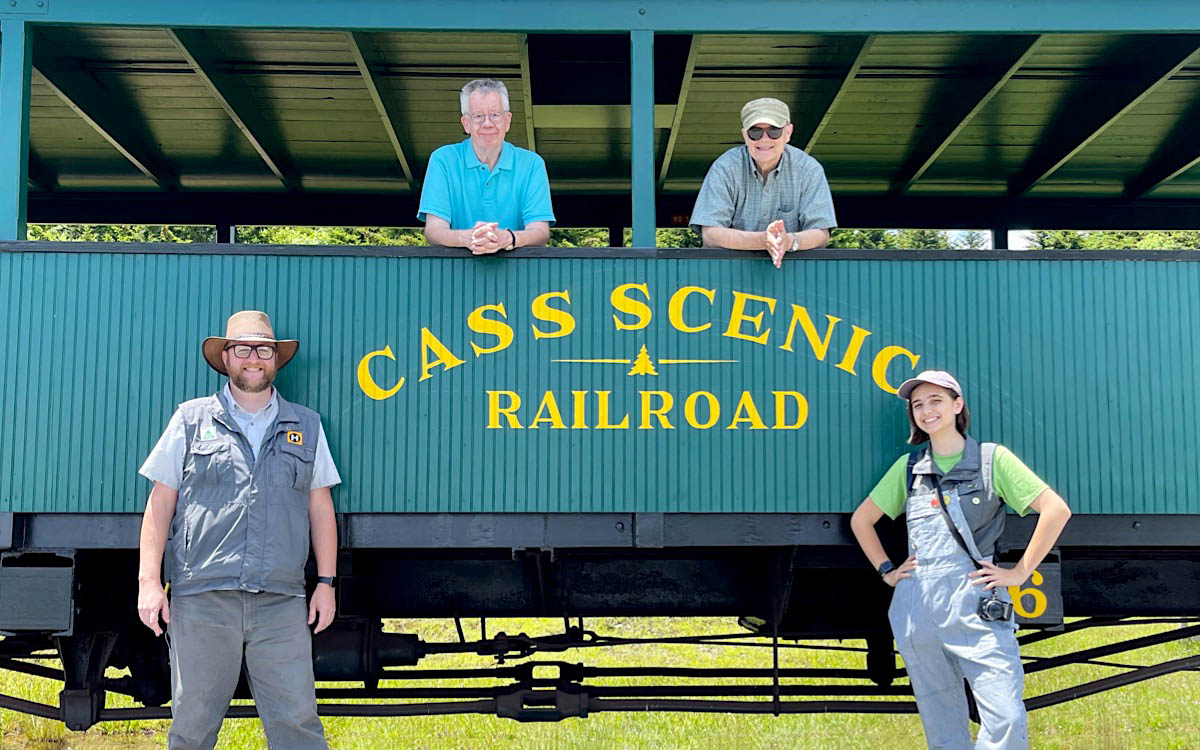
Bald Knob, WV / Jun 2022
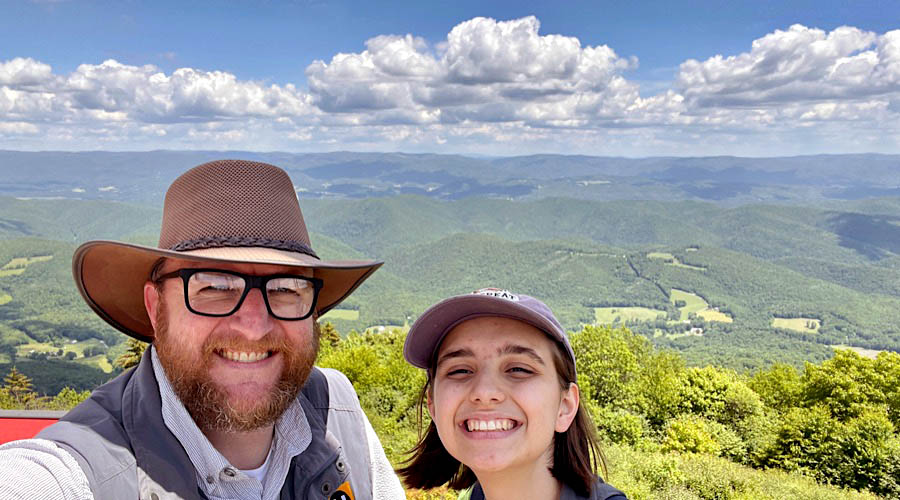
Bald Knob, WV / Jun 2022 / RWH
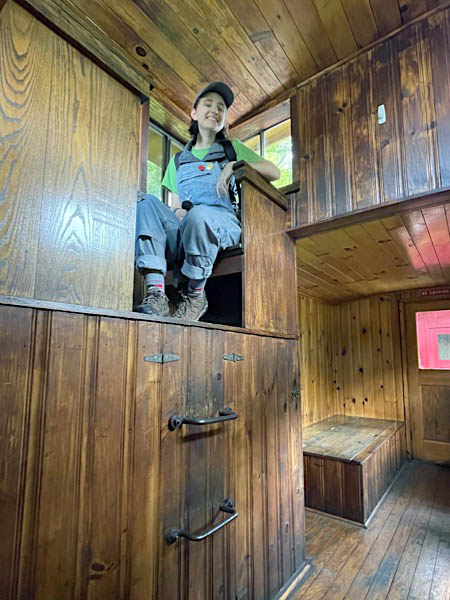
Cass, WV / Jun 2022 / RWH
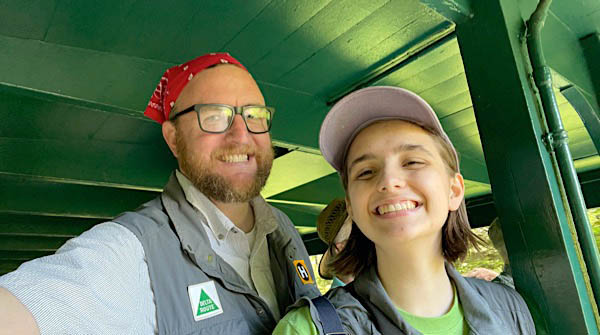
Cass, WV / Jun 2022 / RWH

Cass, WV / Jun 2022 / RWH

Bald Knob, WV / Jun 2022 / RWH
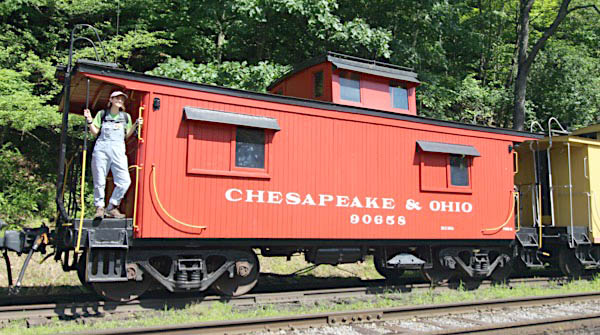
Cass, WV / Jun 2022 / RWH
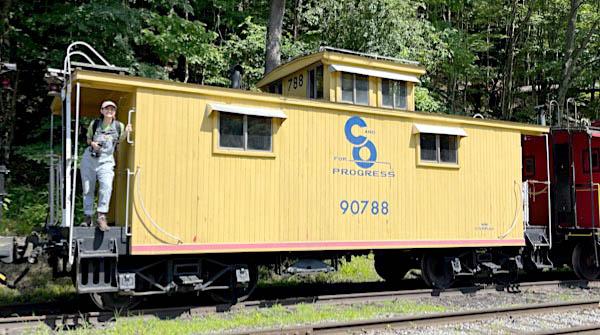
Cass, WV / Jun 2022 / RWH
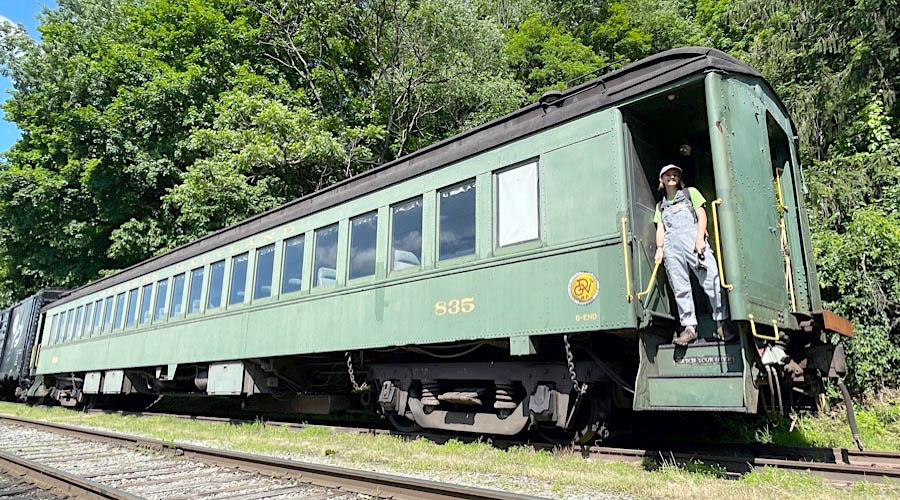
Cass, WV / Jun 2022 / RWH
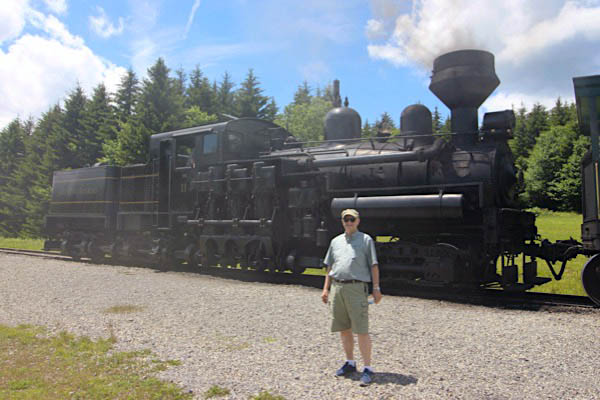
Bald Knob, WV / Jun 2022 / RWH
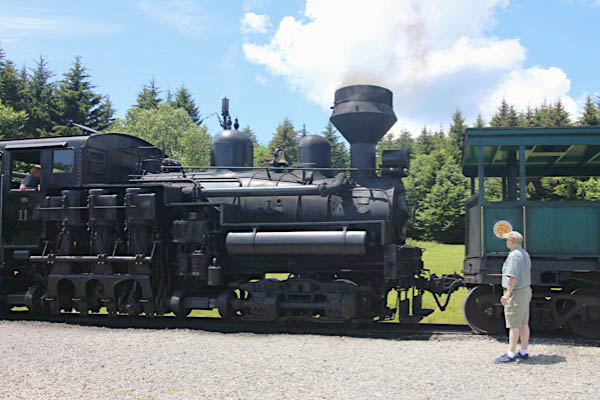
Bald Knob, WV / Jun 2022 / RWH
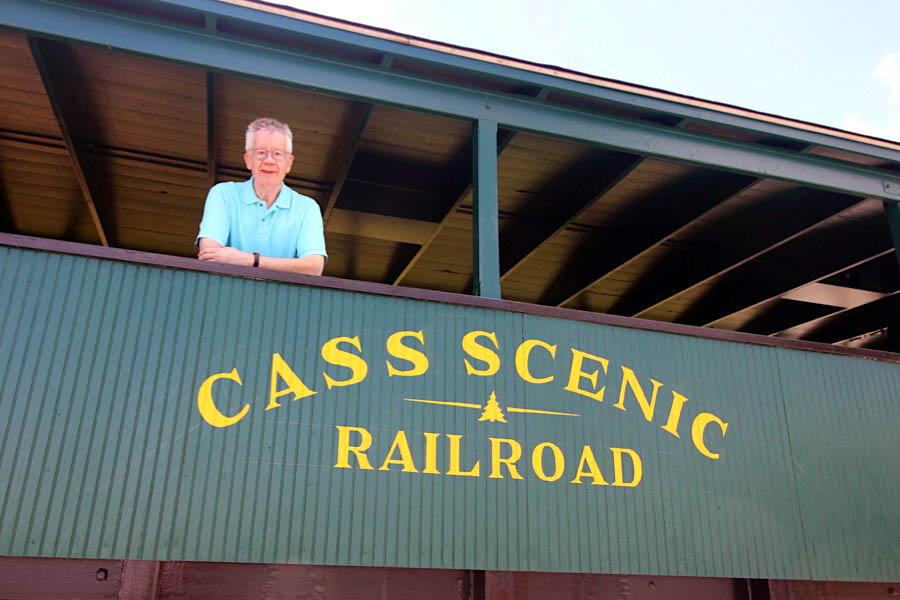
Bald Knob, WV / Jun 2022 / RWH
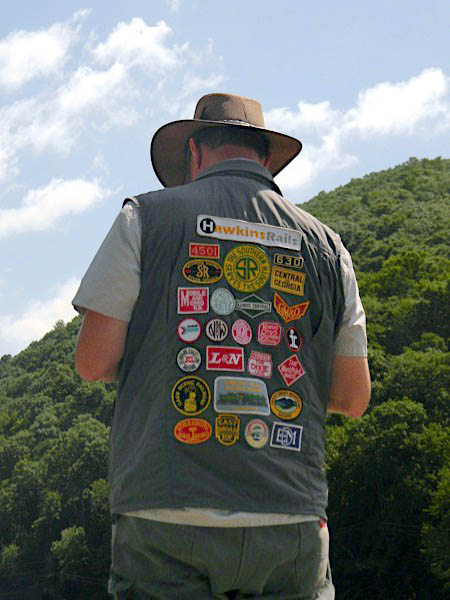
Jun 2022 / ETH
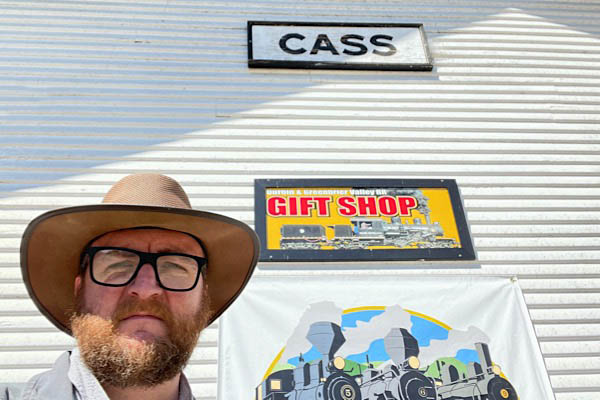
Cass, WV / Jun 2022 / RWH

Cass, WV / Jun 2022 / ETH
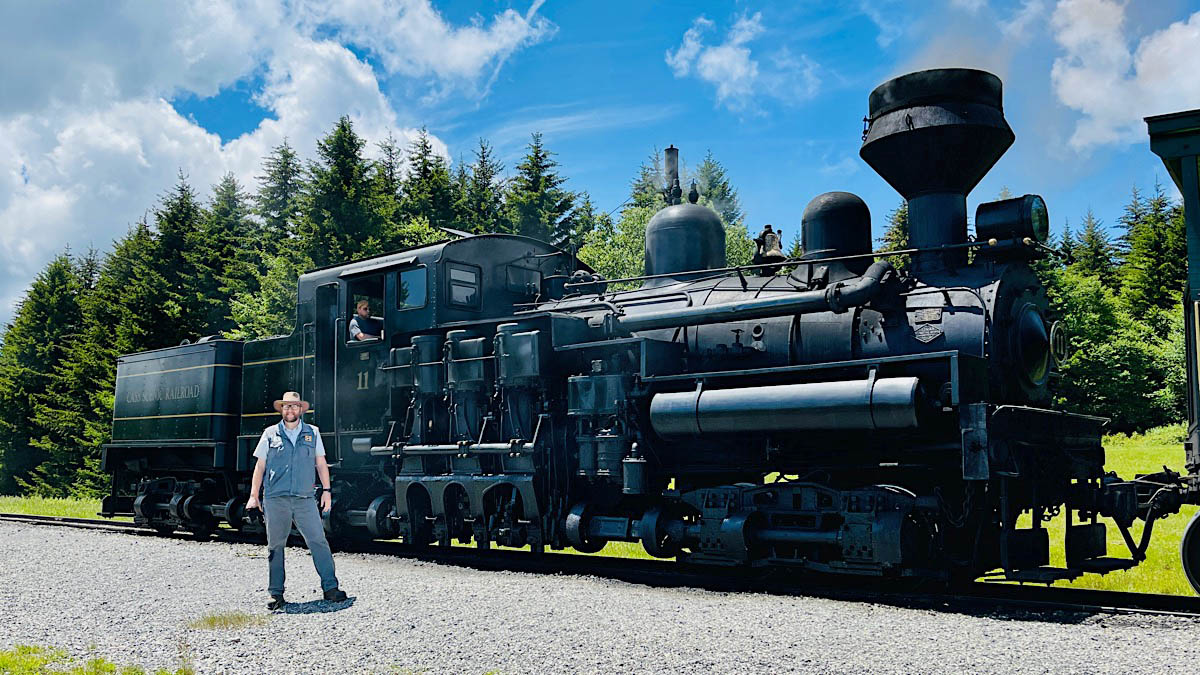
Cass, WV / Jun 2022 / ETH

Baltimore, Md / Dec 2024 / RWH
Links / Sources
- West Virginia State Parks Cass Scenic page
- Durbin & Greenbrier Valley Railroad Cass Scenic page
- StateParks.com Cass Scenic page
- American-Rails Cass Scenic page
- Elins-Randolph County Tourism
- Mountain State Railroad & Logging Historical Association
- Wikipedia article for Cass Scenic Railroad State Park
- Railroad Picture Archives Cass Scenic roster

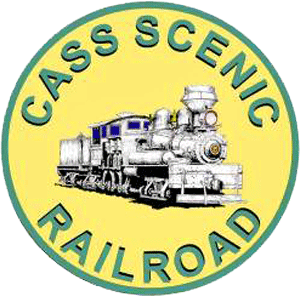

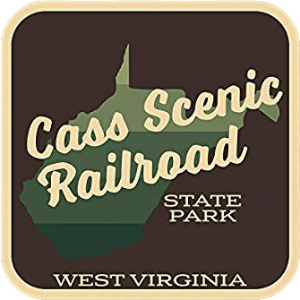
 Although the previous lumber operations connected to the outside world at Cass via an interchange with the Chesapeake & Ohio, today the Scenic line connects to the larger rail network over the mountain via a spur at Old Spruce that runs to a junction at Spruce with the Durbin & Greenbrier Valley's
Although the previous lumber operations connected to the outside world at Cass via an interchange with the Chesapeake & Ohio, today the Scenic line connects to the larger rail network over the mountain via a spur at Old Spruce that runs to a junction at Spruce with the Durbin & Greenbrier Valley's 


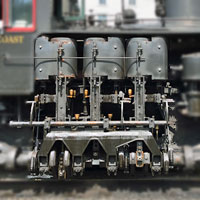
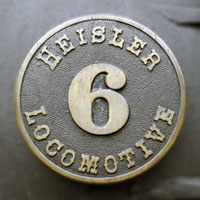
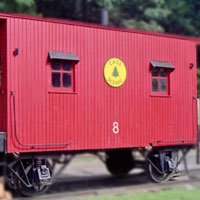
 Locations
Locations